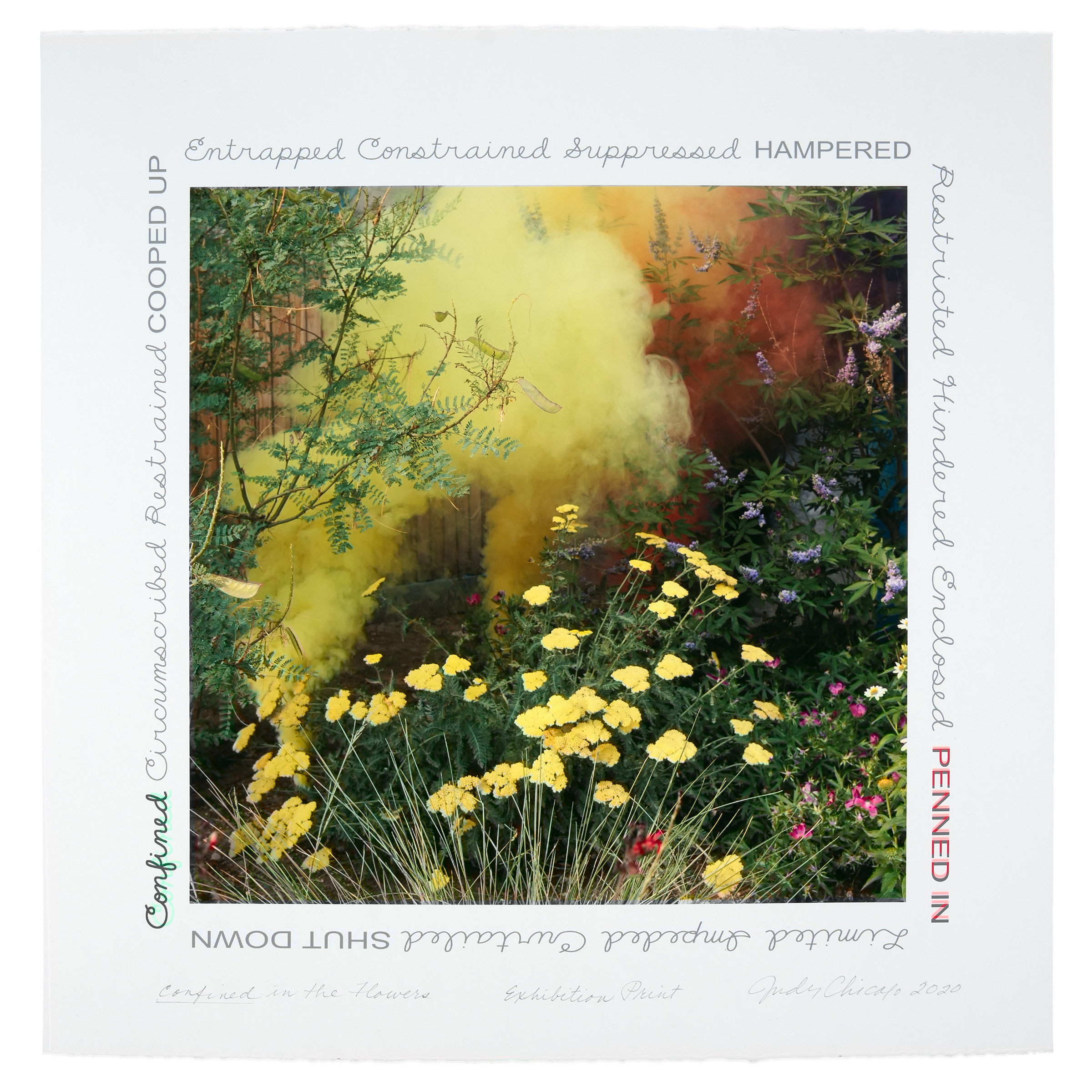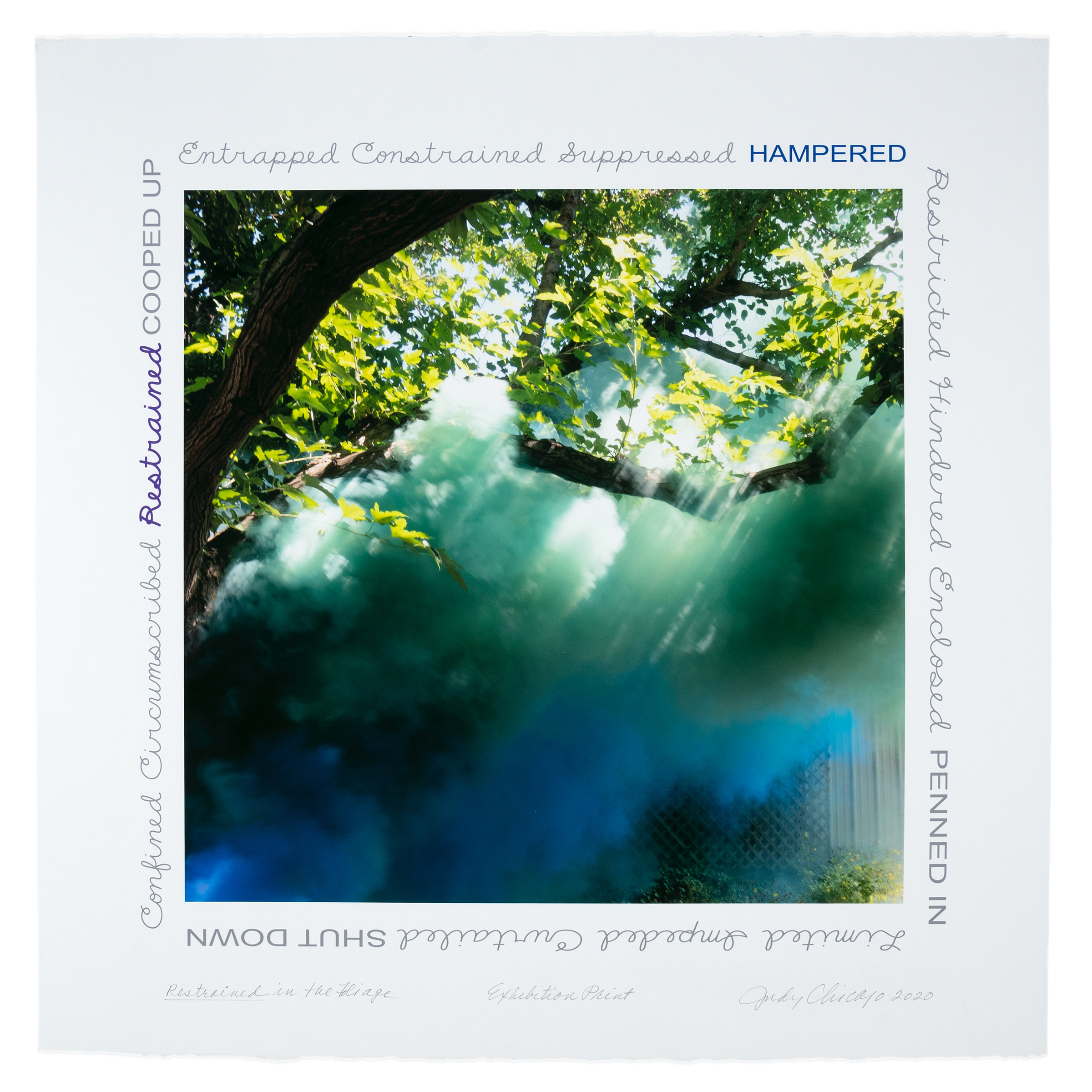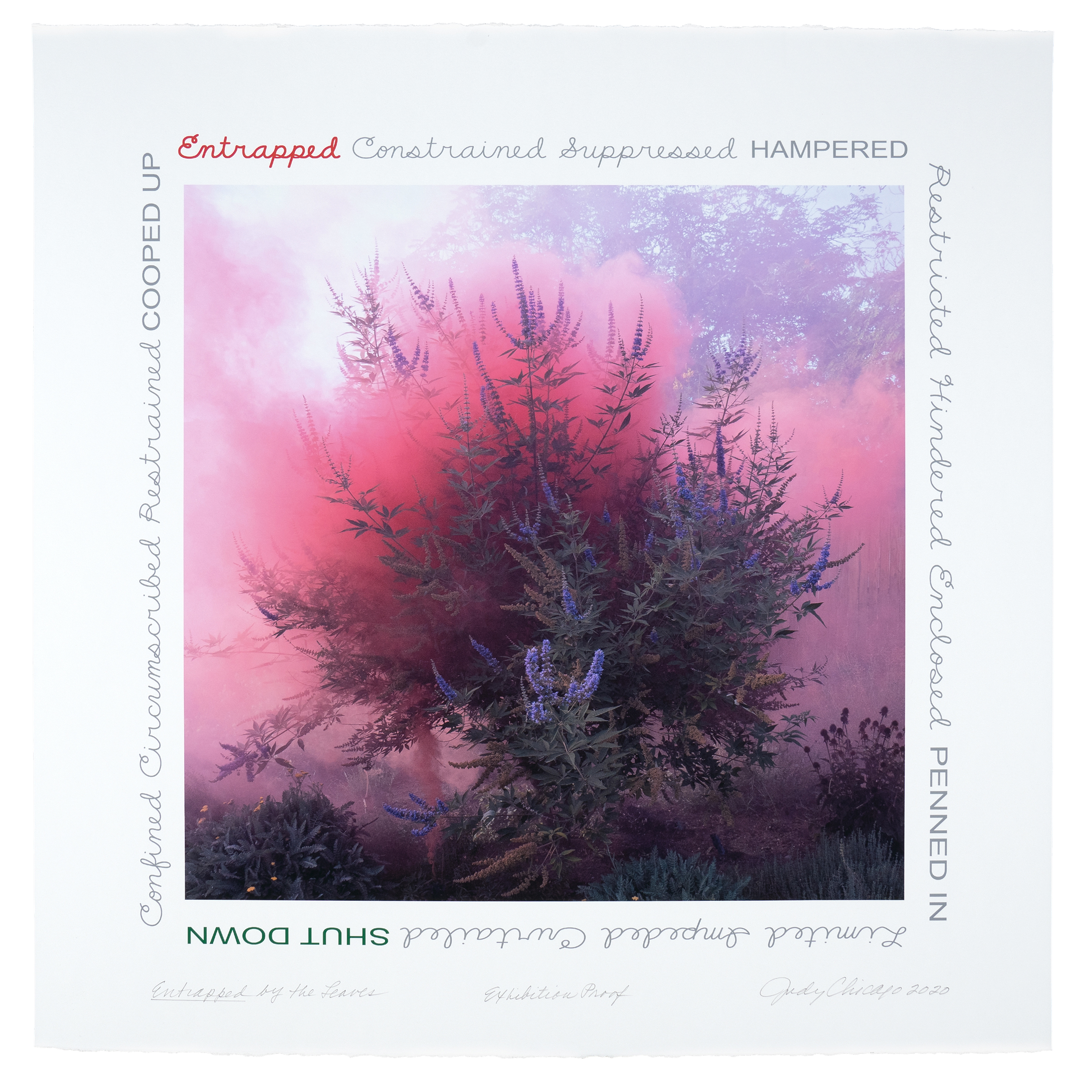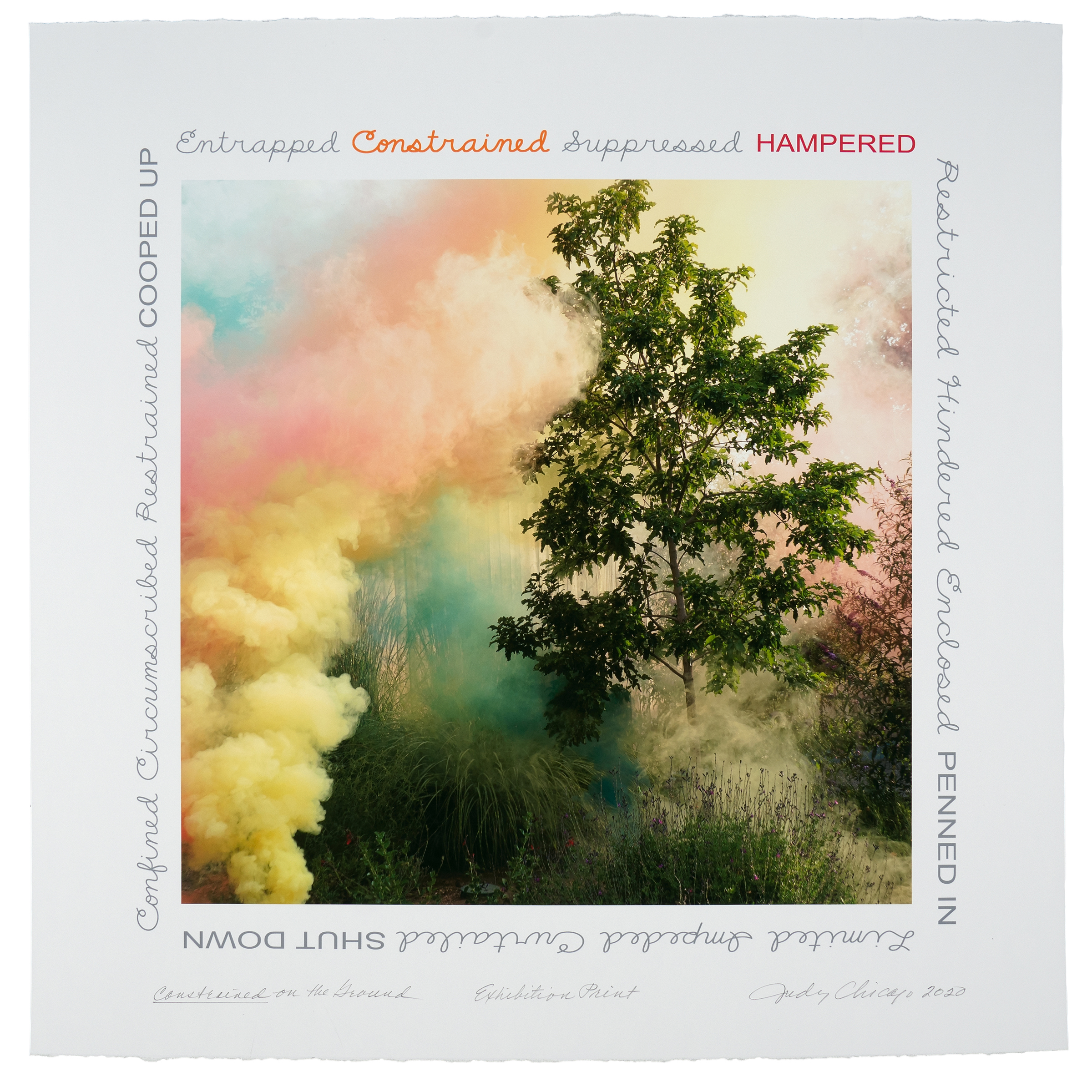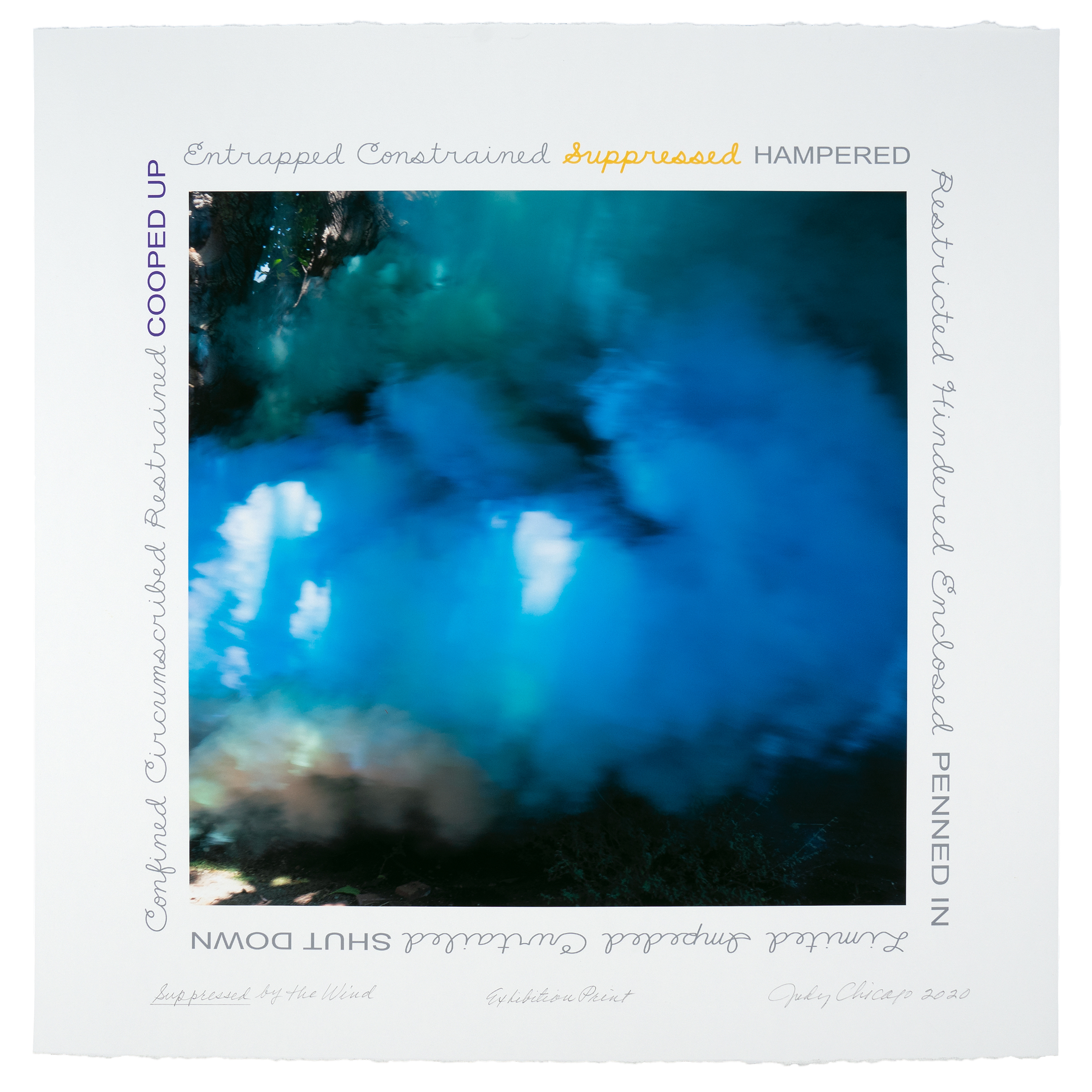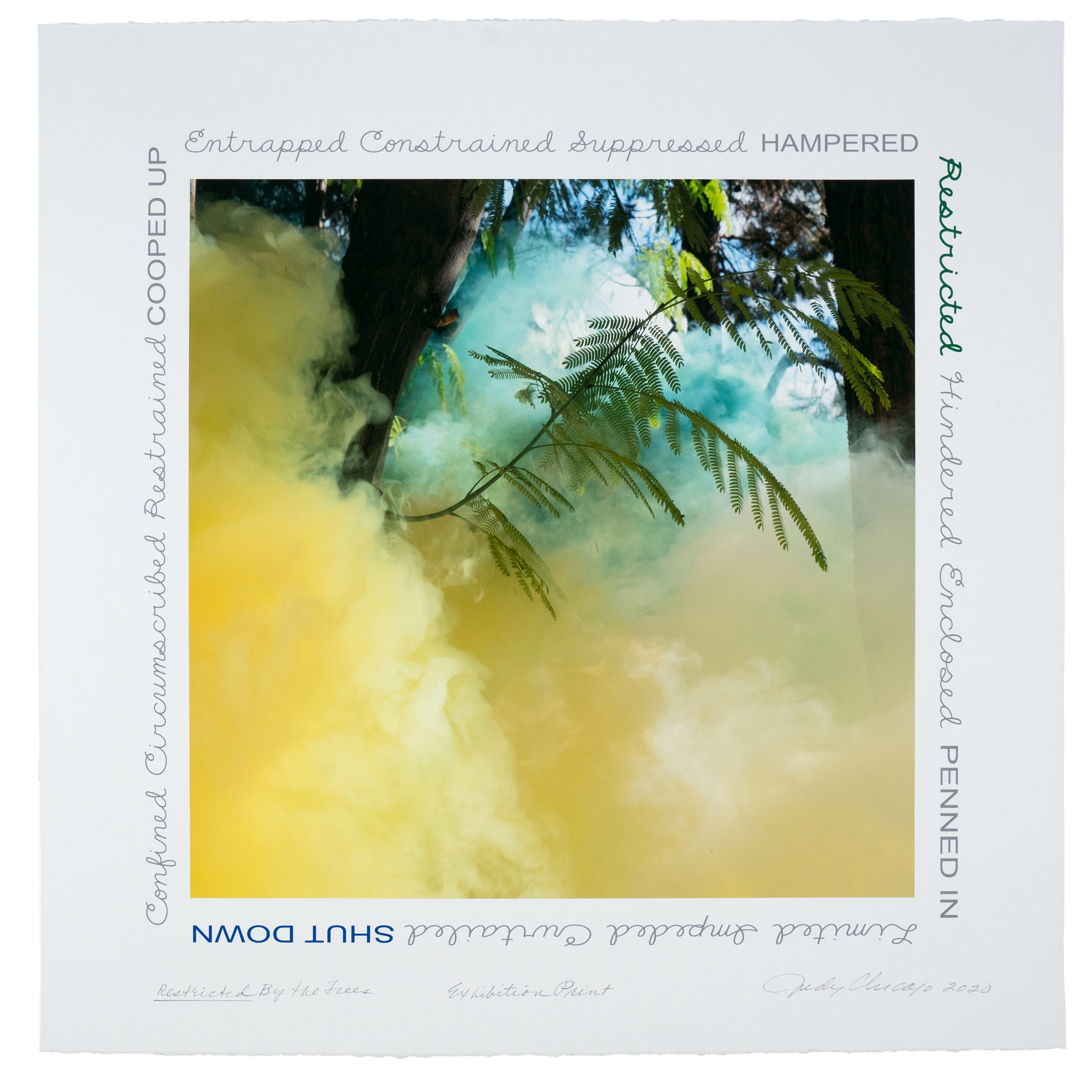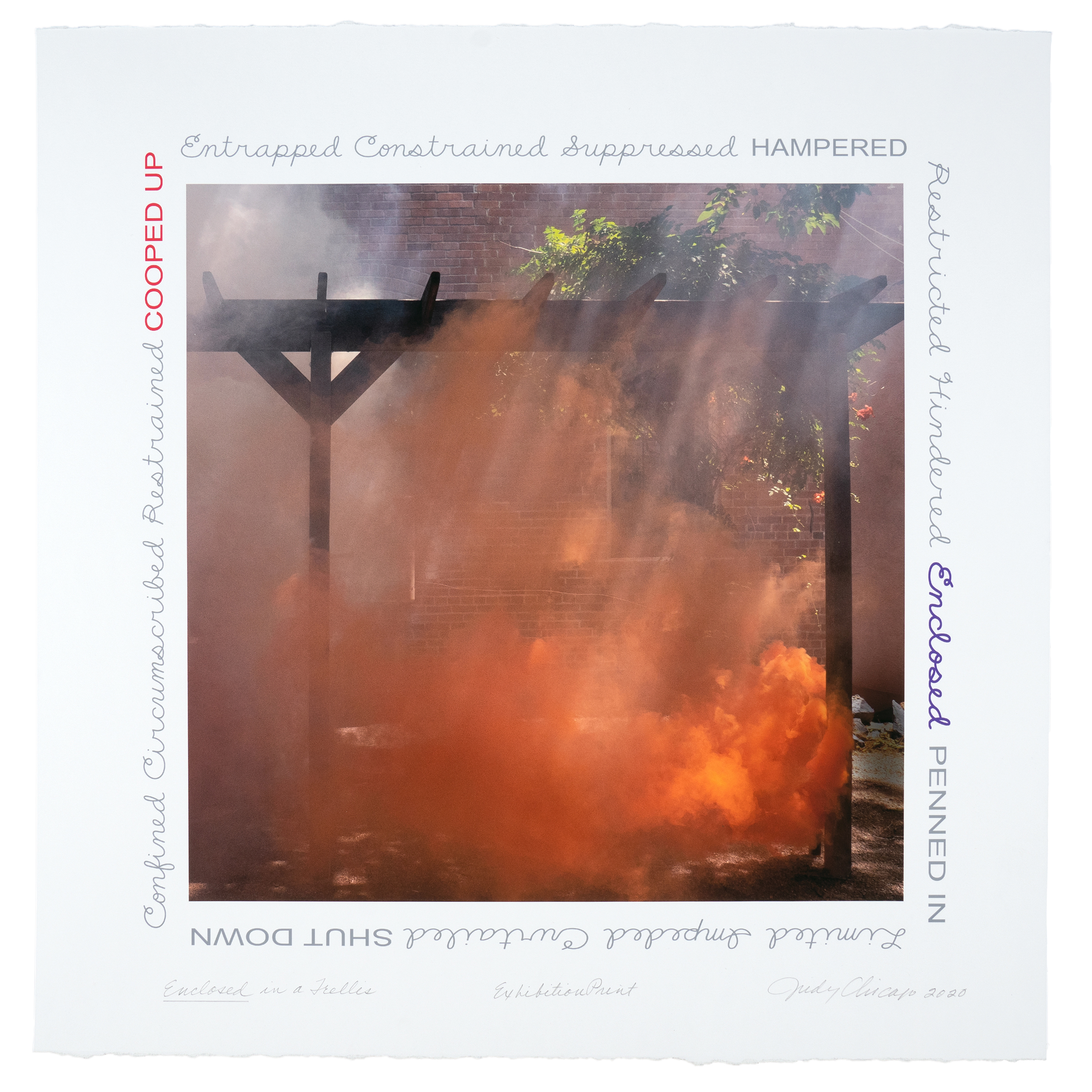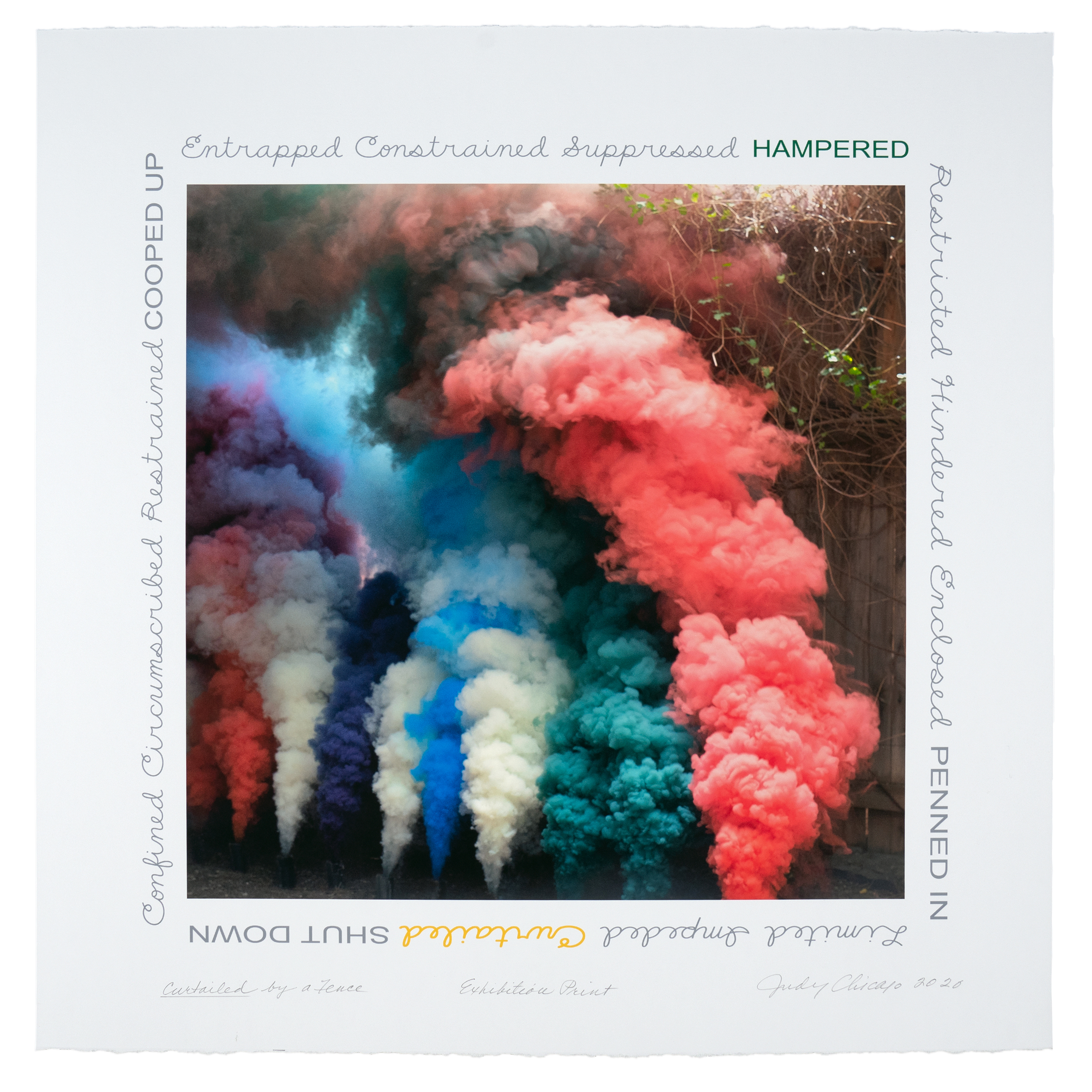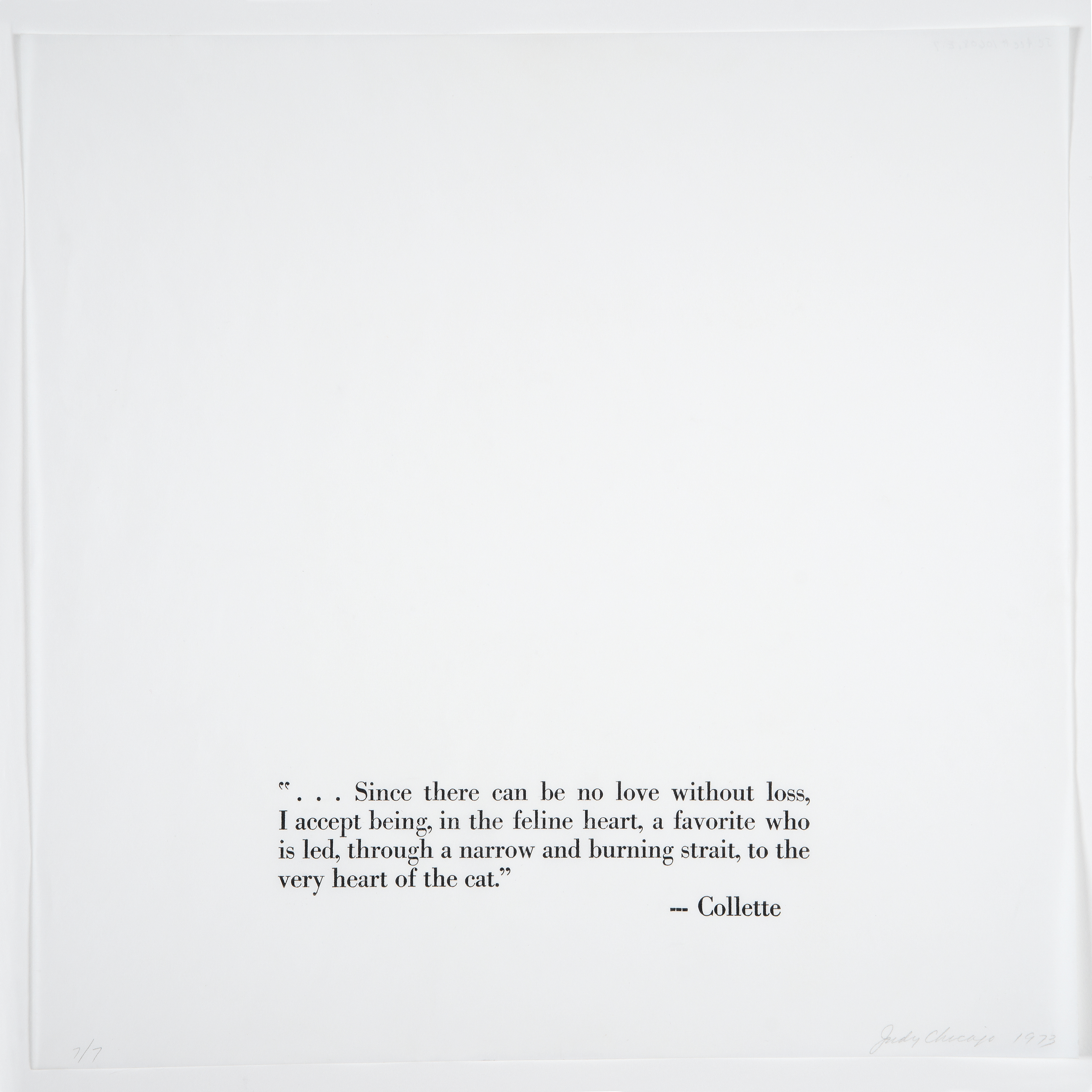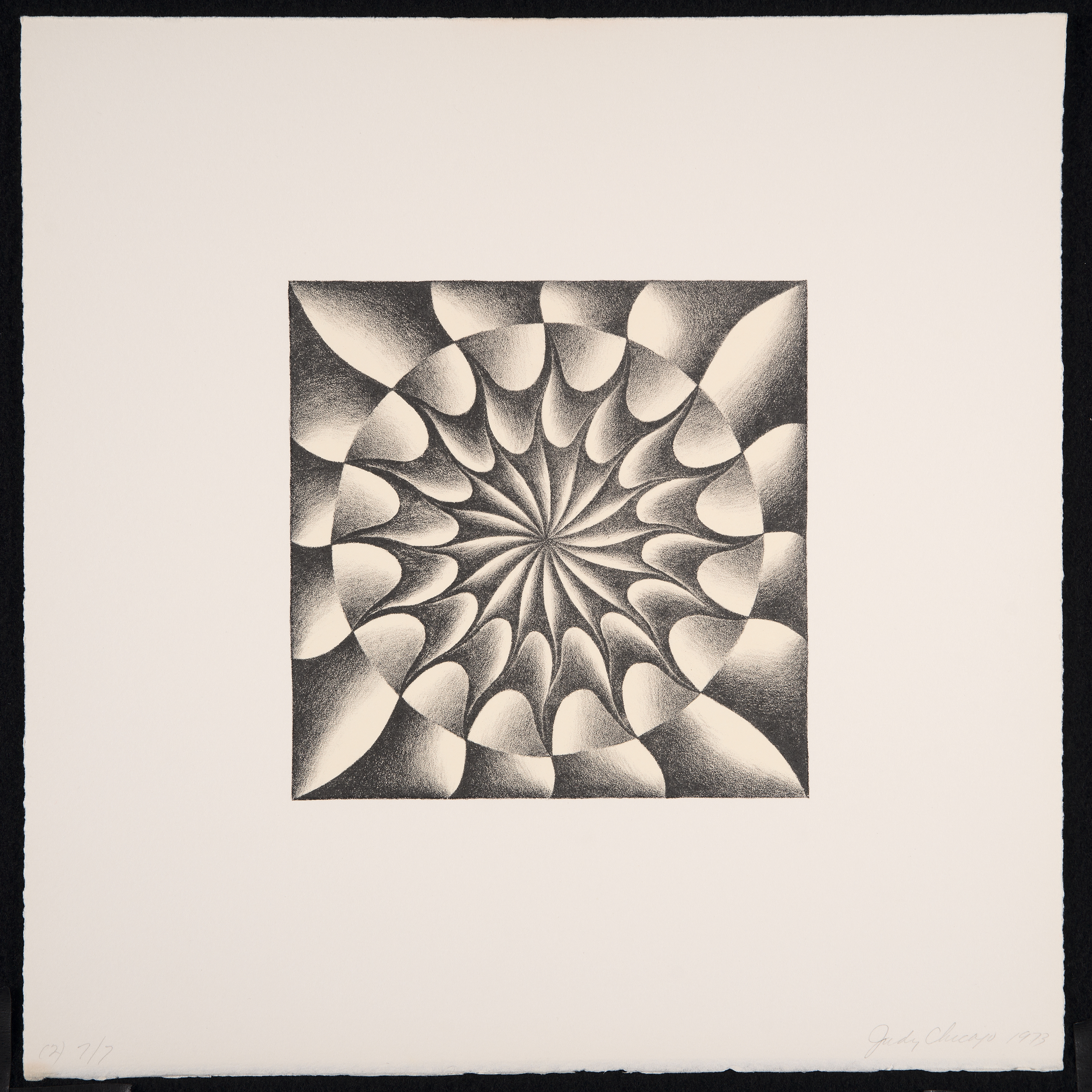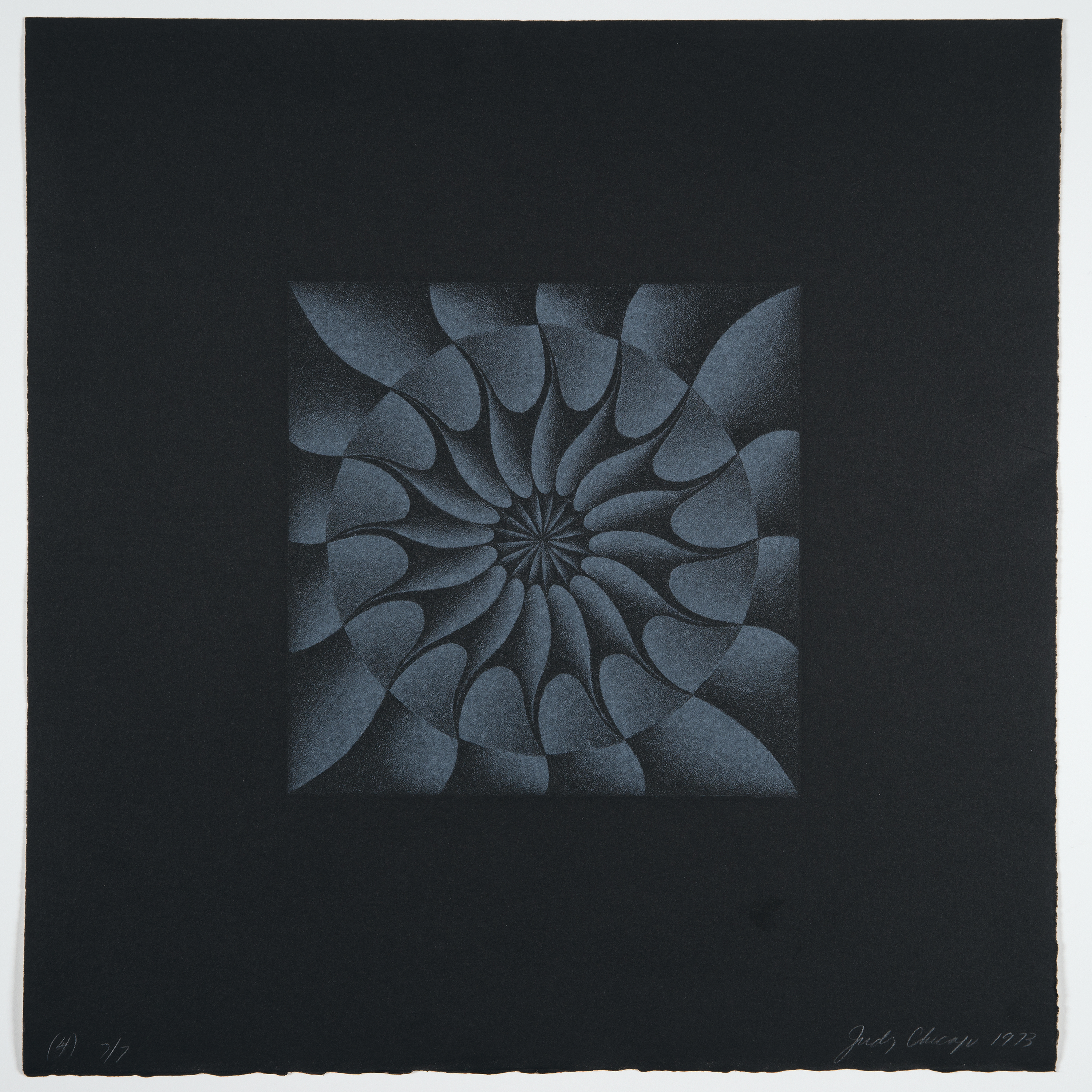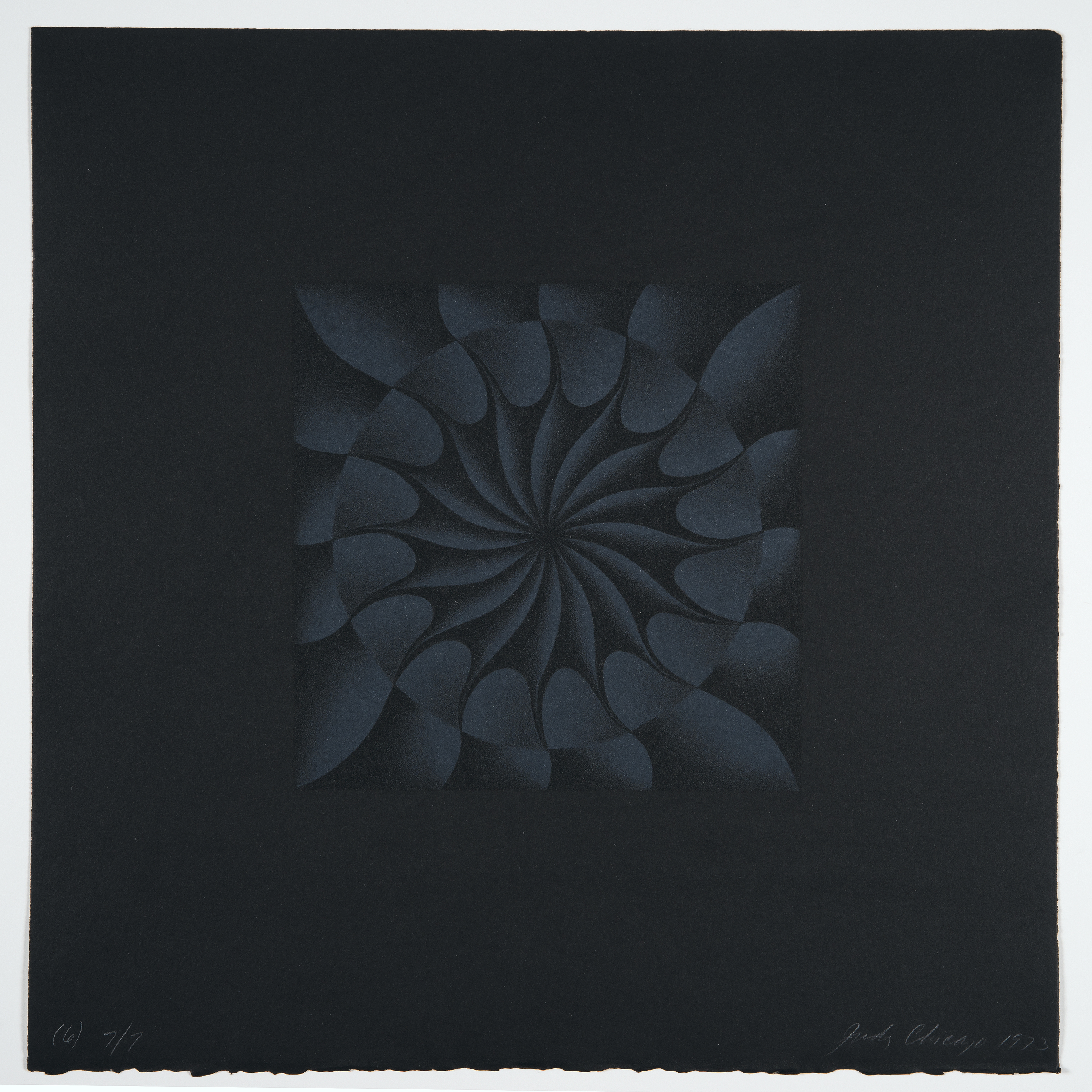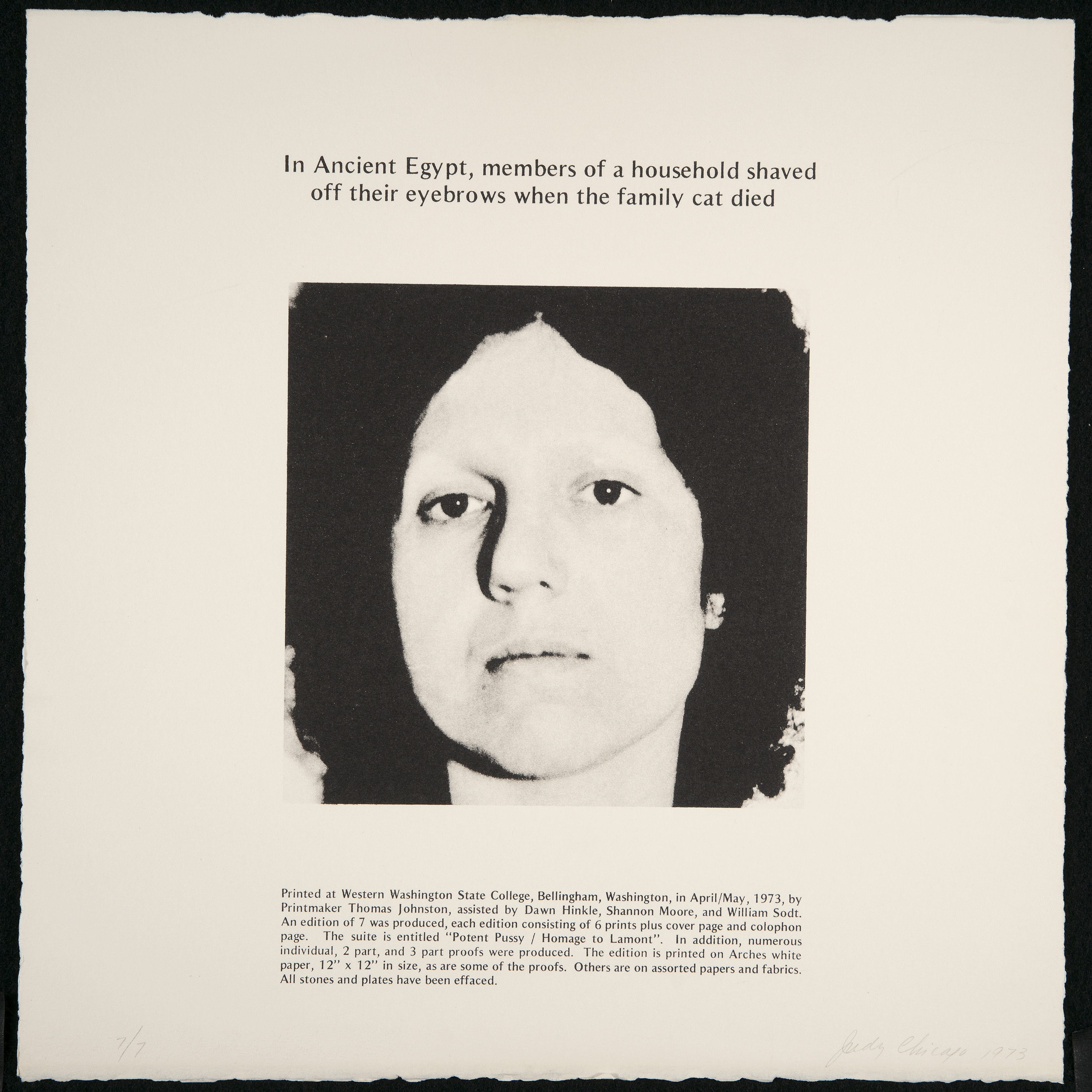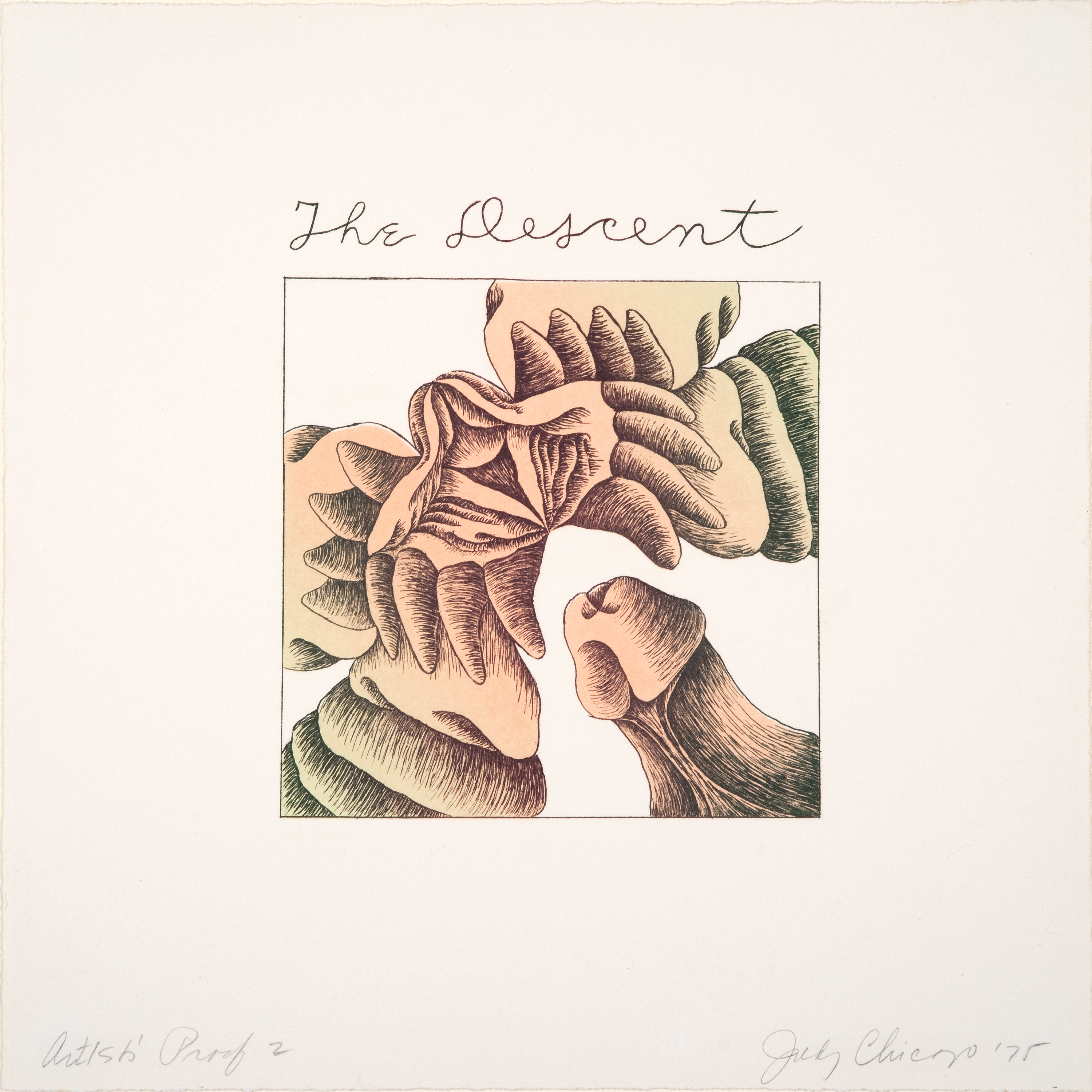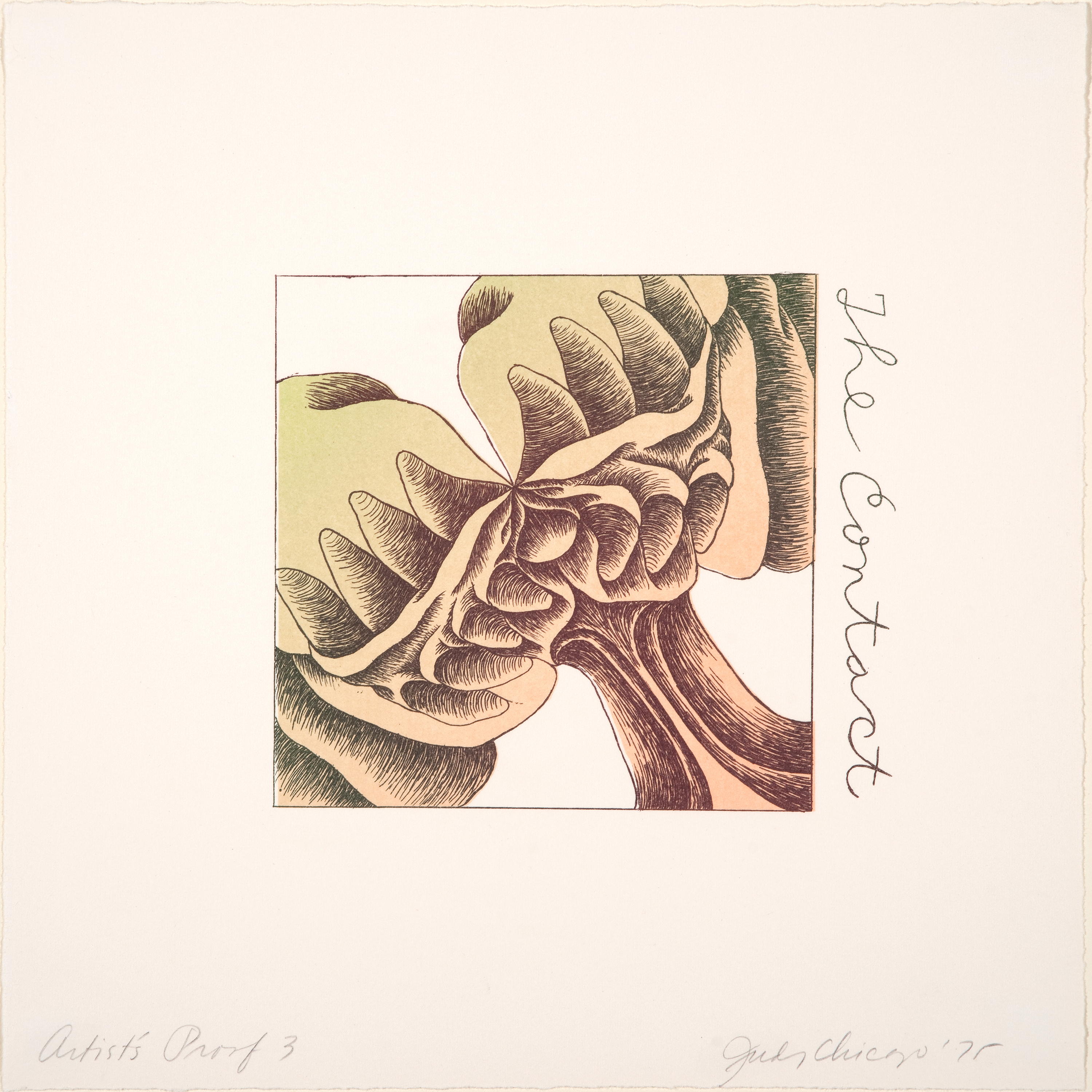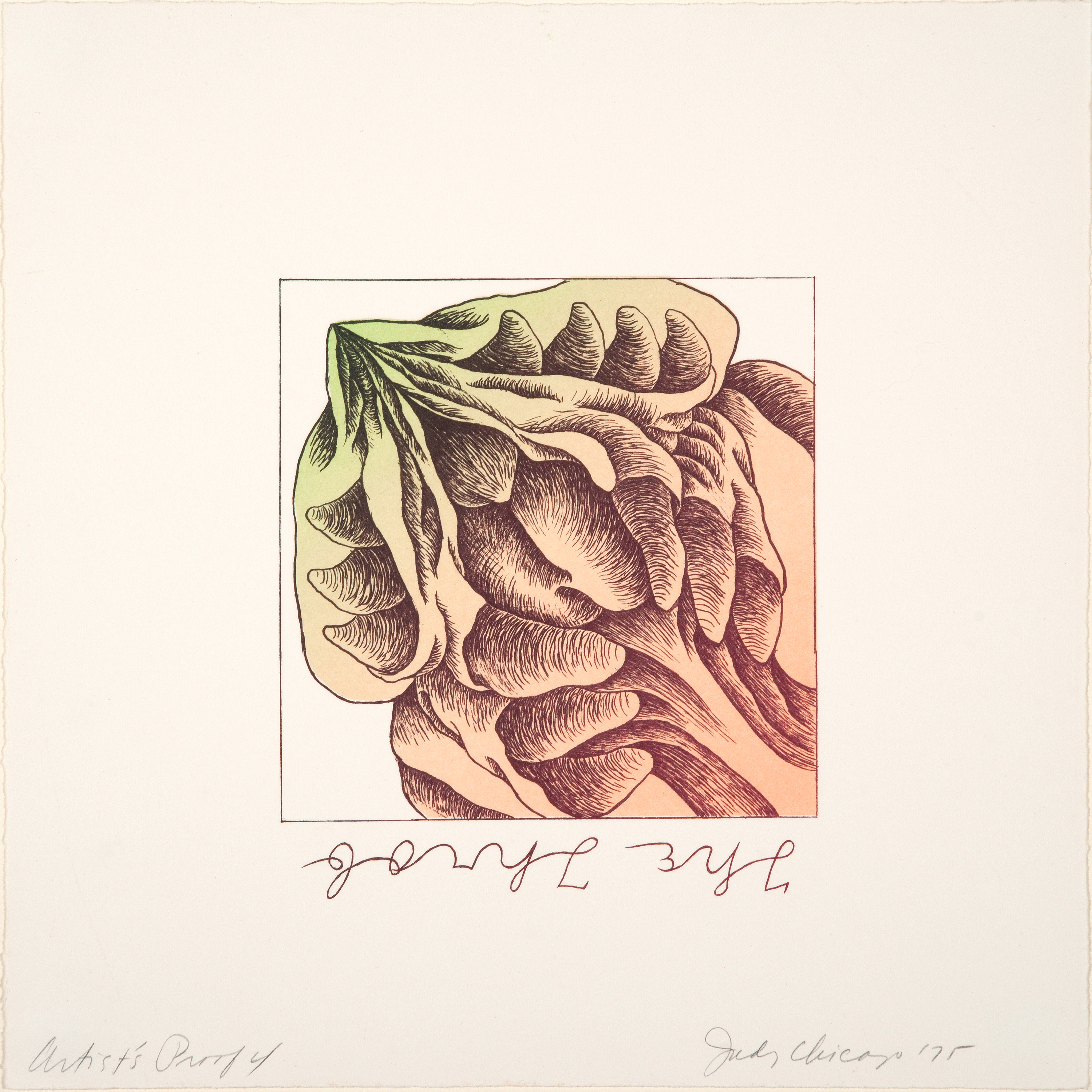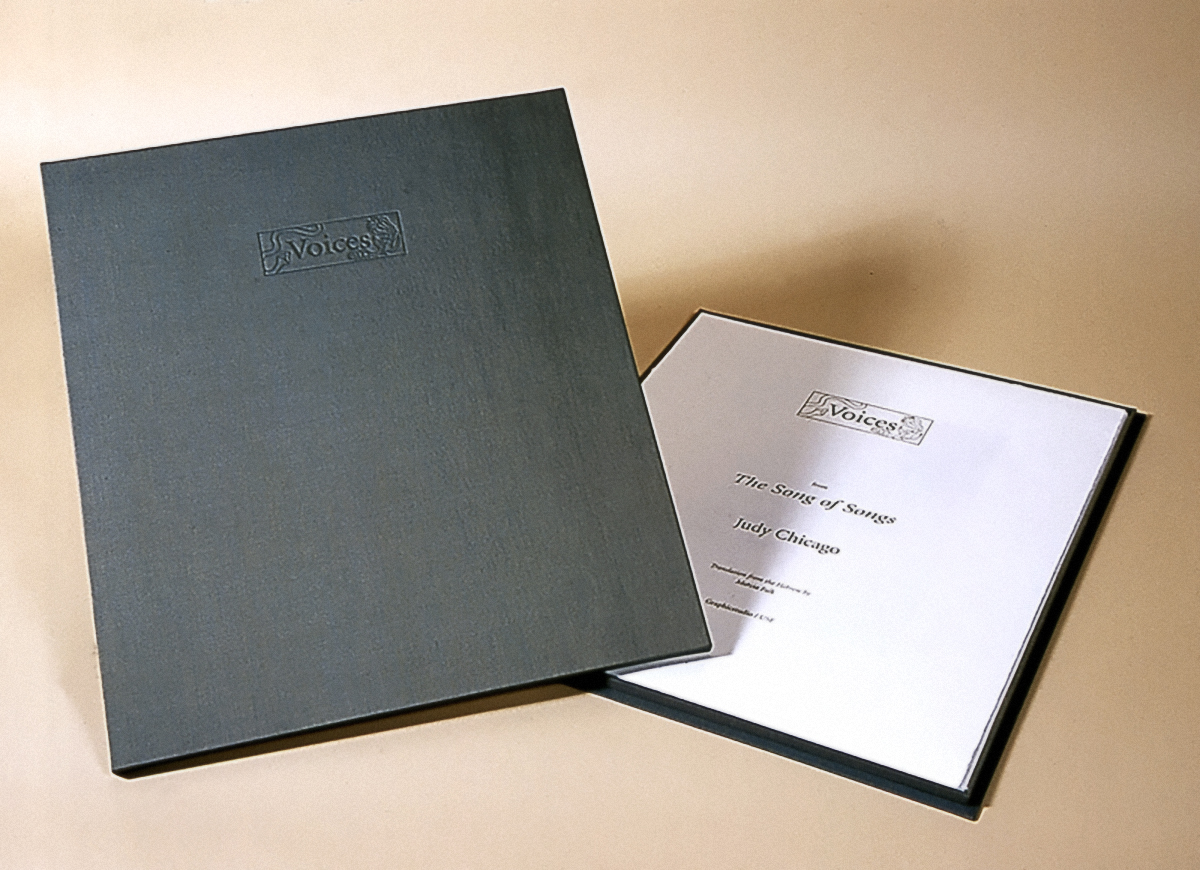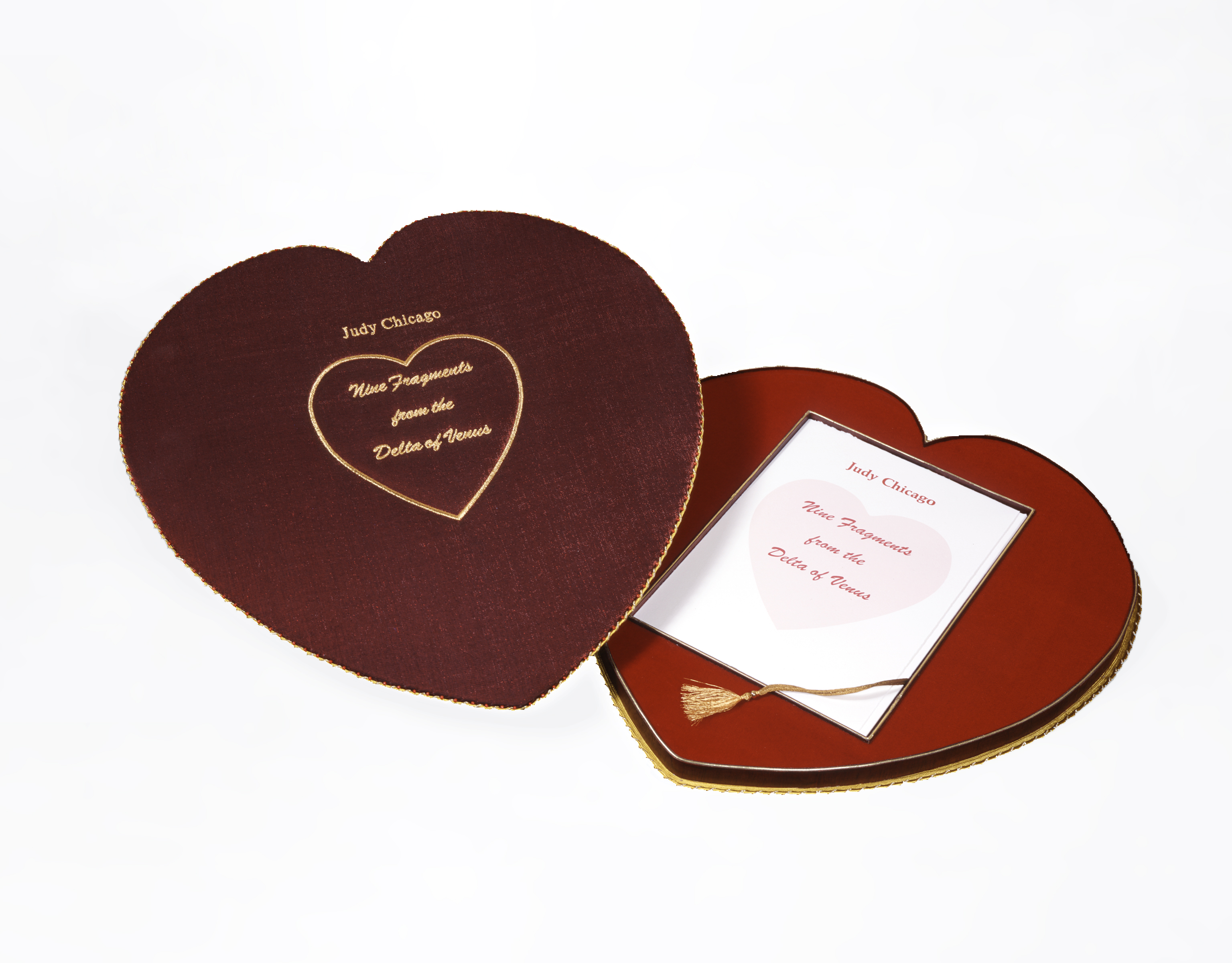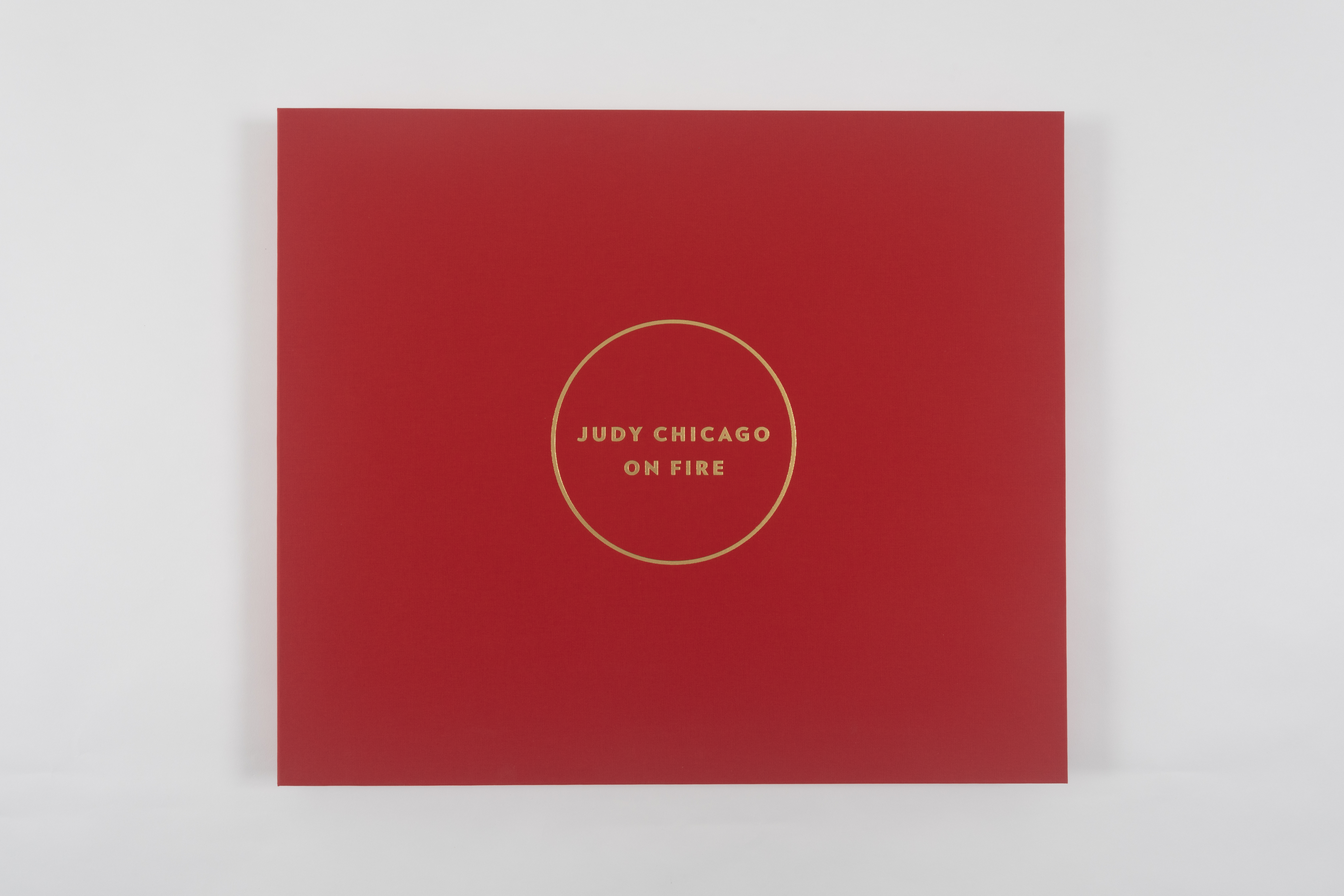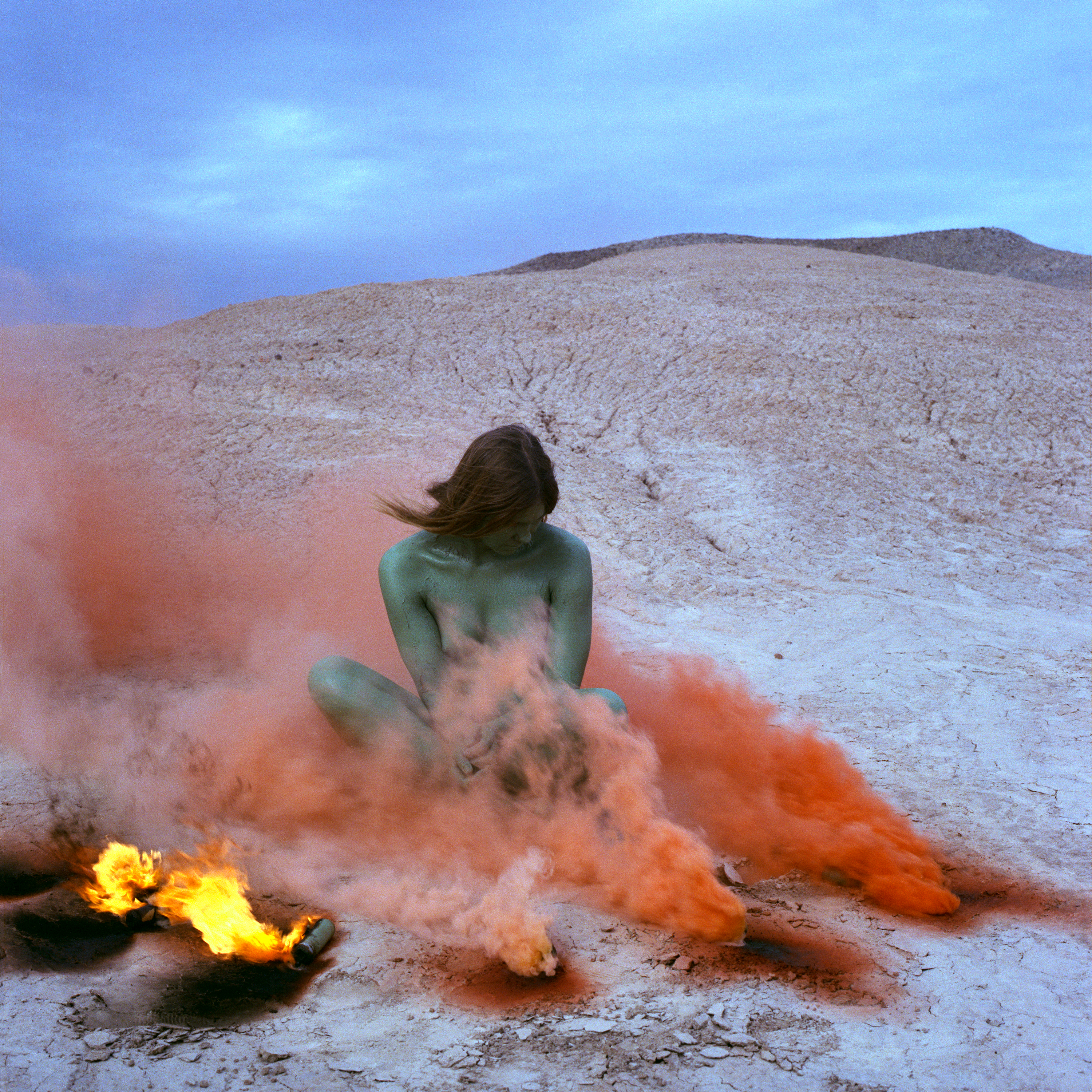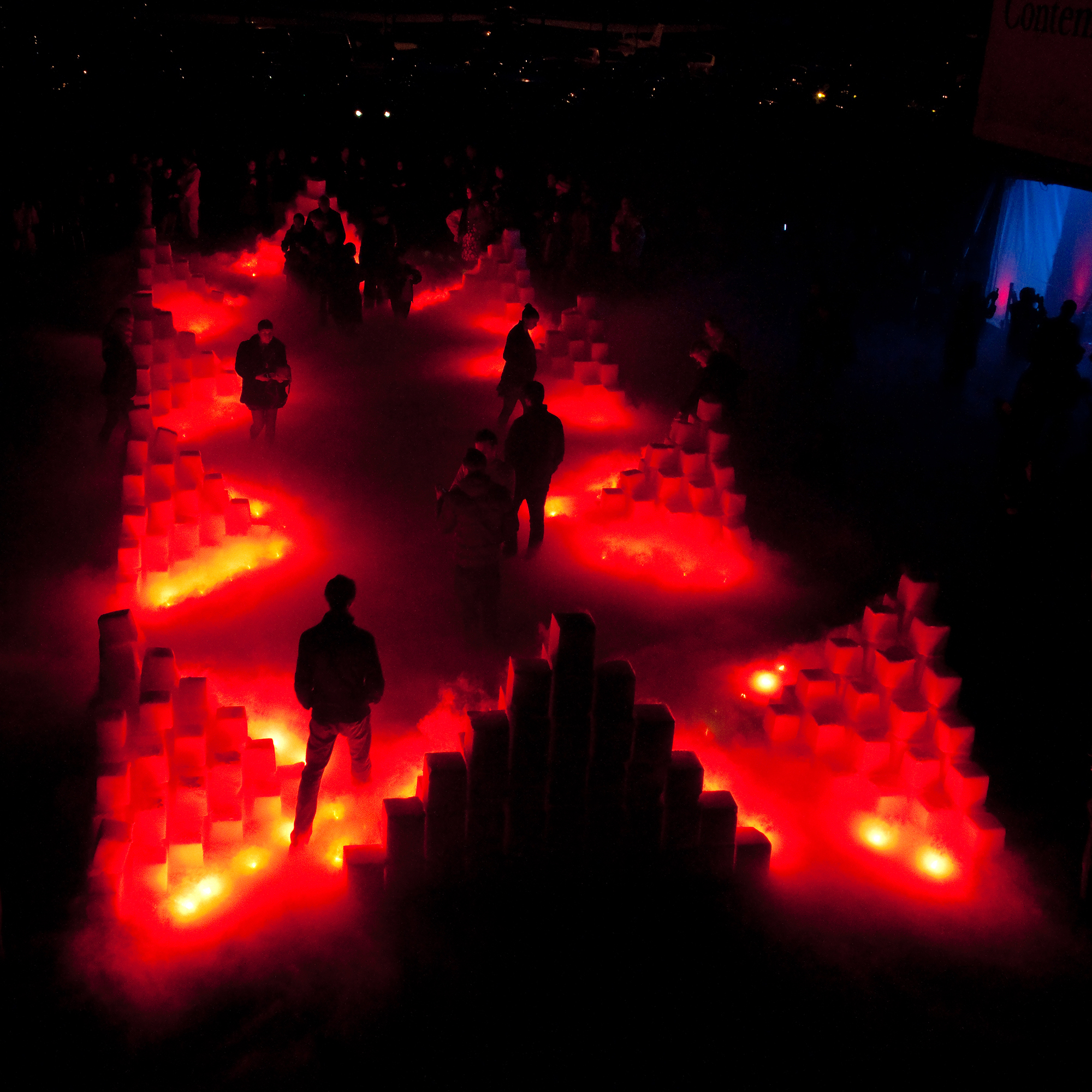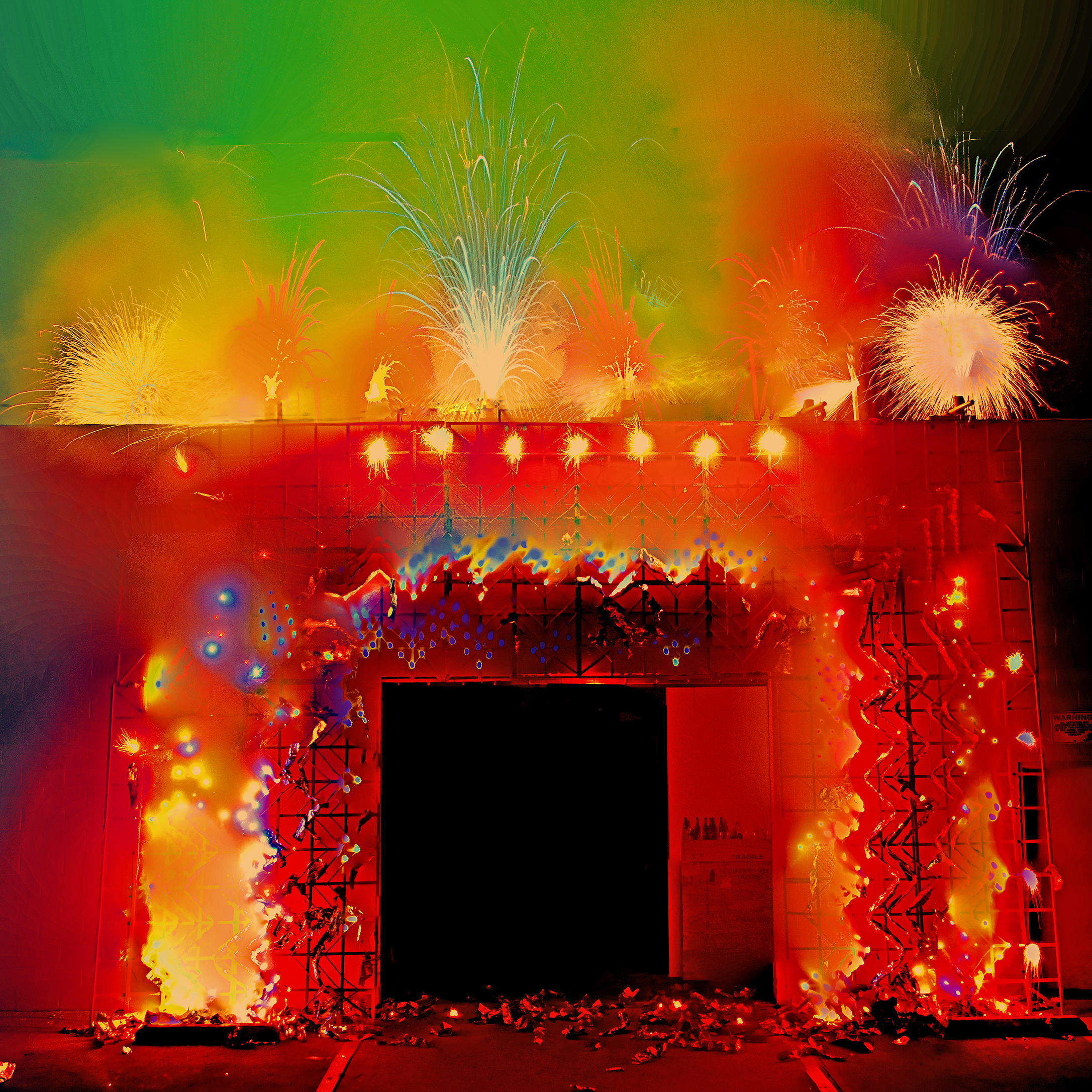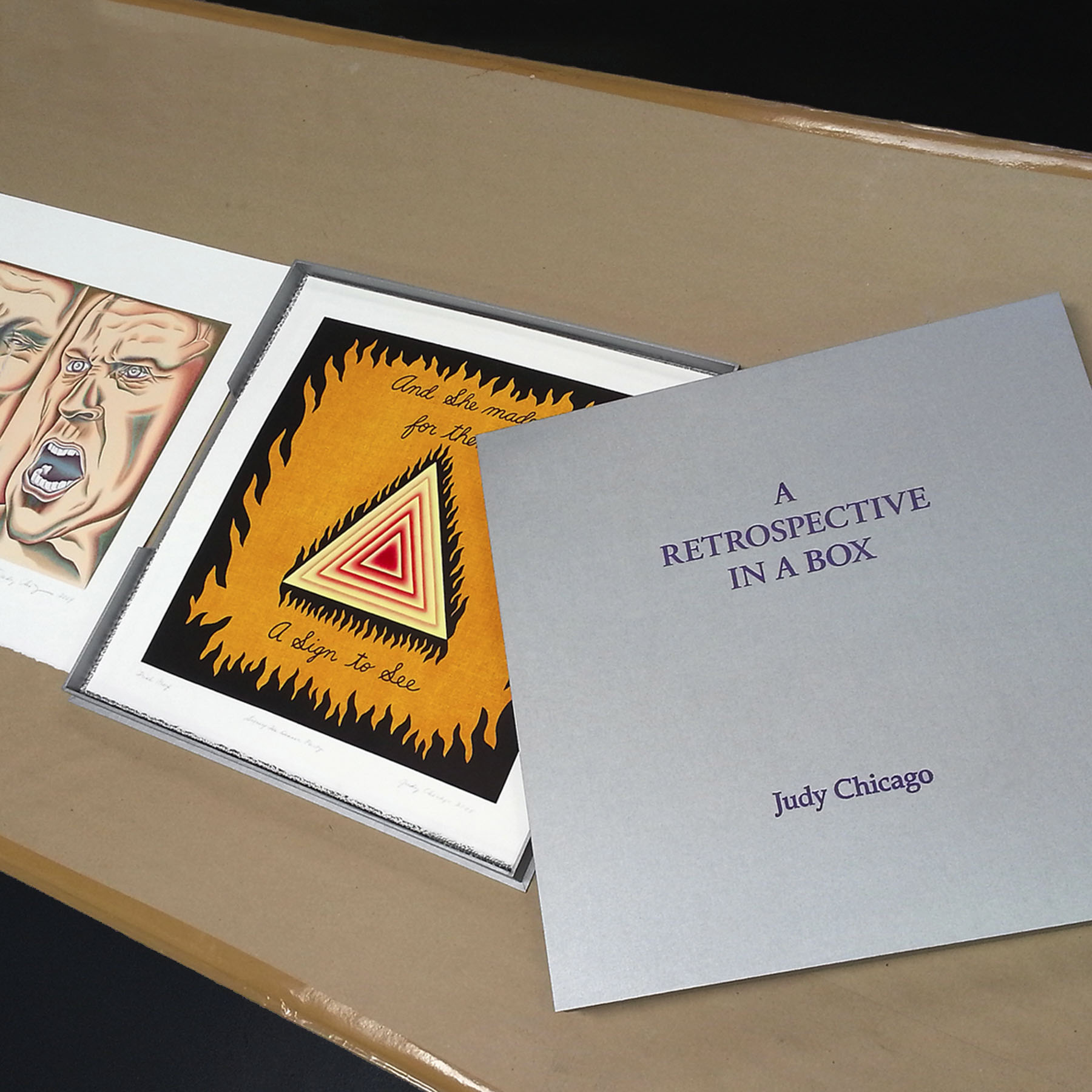POTENT PUSSY / HOMAGE TO LAMONT
1973
Chicago has always maintained that
feminism is a politics that encompasses all creatures, human and non-human
alike. Lamont, Chicago’s beloved cat who had passed away, was immortalized
alongside Chicago’s central core imagery, suggesting not only feminism’s
applicability to all creatures, but also that love and attachment (with pets or
with people) represent a feminist praxis. Chicago writes of her politicized
relationship with her cats in her book Kitty City: A Feline Book of Hours,
“One might say that through my work, I have often tried to act as an advocate
for voiceless creatures, none more vulnerable than other species.”
BUTTERFLY VAGINA EROTICA COMPLETE SUITE 1/X
1975
Chicago formed her now iconic
“central core” imagery in the late 1960s in order to create a visual and art historical celebration of the vulva and female sexuality. This was and remains a radical political act, not only in terms of correcting an absence of female-centric imagery in art history, but also in terms of building a visual culture of female pleasure outside of the masculinist gaze.
VOICES FROM THE SONG OF SONGS
1998/2000
Created
between 1998 and 2000, Voices from the Song of Songs consists of twelve
pages—six pages of image and text—and was created using an innovative
combination of heliorelief photographic woodblock printing and lithography. According
to art critic Edward Lucie-Smith, Voices from the Song of Songs “is a
print series of stunning but carefully concealed virtuosity, which is
accessible in a fashion which few contemporary artists are able to achieve. All
those who have felt the emotion of romantic love will find something that
speaks to them.” Chicago illustrates key passages
from a new translation of the Song of Songs—the only book in the Bible
wherein women speak more than half of the lines. This translation appealed to
Chicago because of the sexual equality of the speakers, leading perhaps, as
William J. Simmons has argued, “She acknowledges the process of sexual
differentiation that defined Second Wave Feminism in the gendered voices of the
Biblical speakers, even as she affirms the development of new conceptions of
gender and sexuality in the indeterminate figures.”


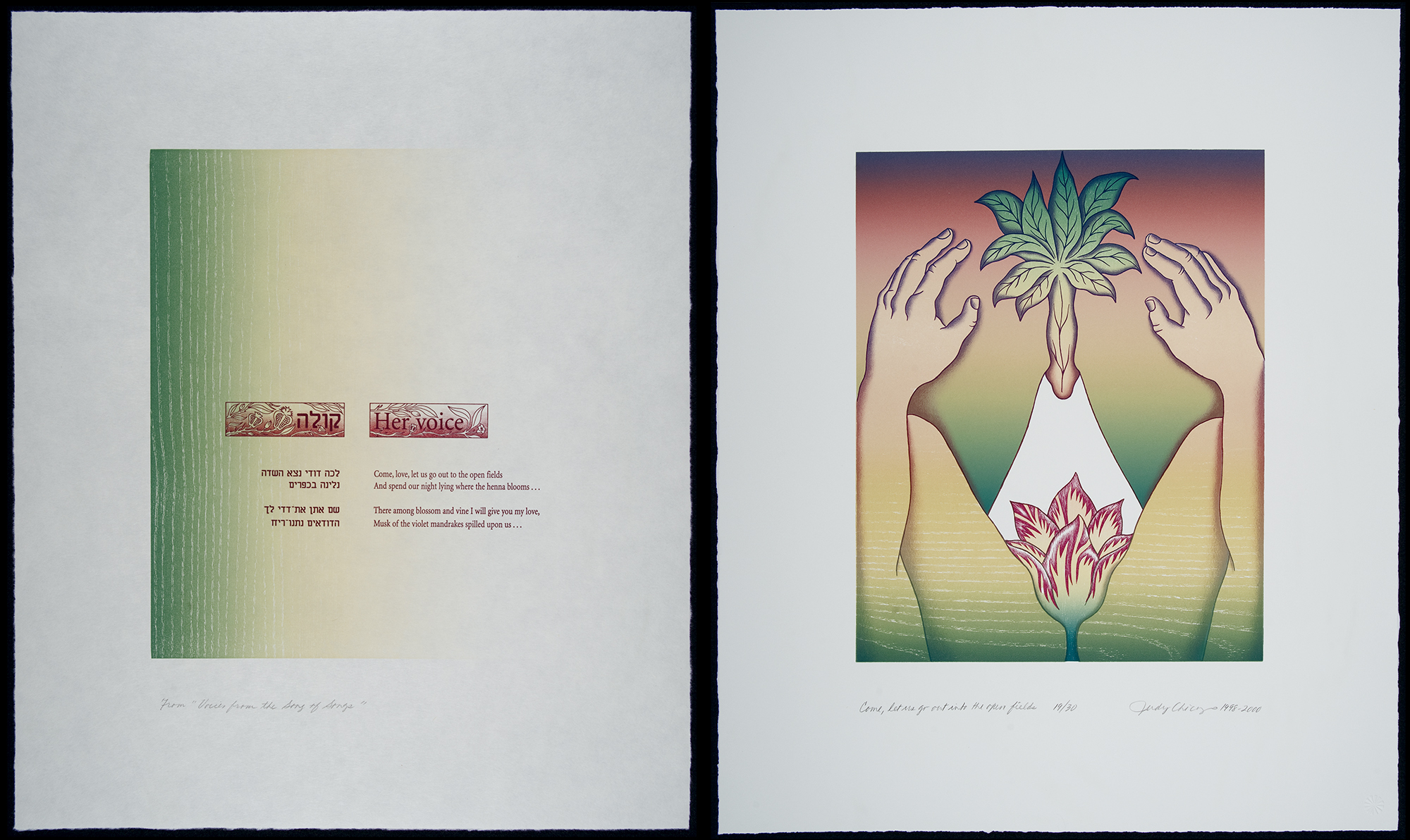
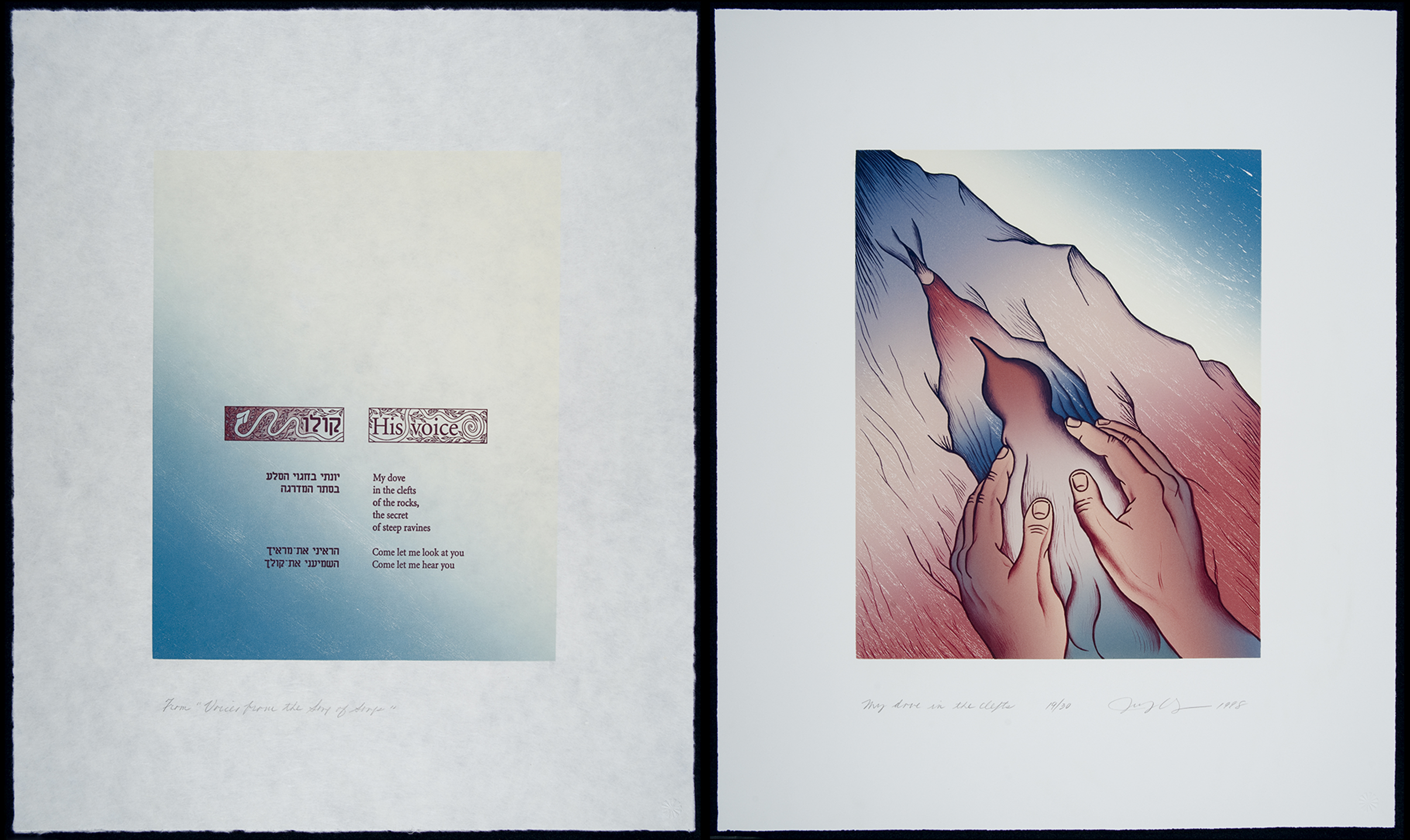
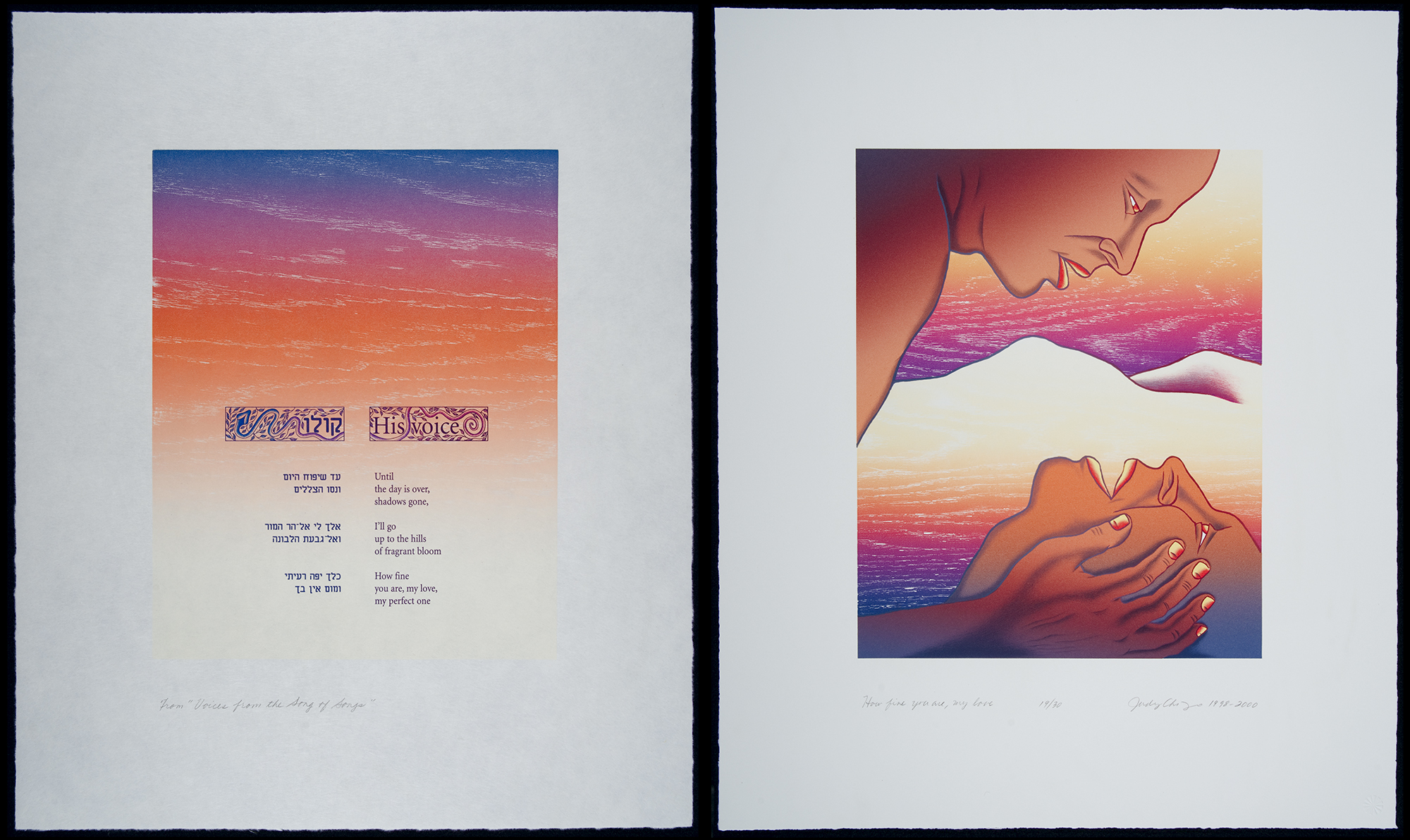

NINE FRAGMENTS FROM THE DELTA OF VENUS
2004
Chicago credits the legendary French writer Anaïs Nin with encouraging her to write (and write she did—nine in total). This box set is a visual adaptation of Nin’s posthumously published book of erotic short stories Delta of Venus (1977). Chicago’s erotic artworks, when combined in a heart shaped box with Nin’s prose, is a testament to the power of female pleasure, sexuality, and friendship. As Chicago writes in the introduction to the companion book, “Despite the many limitations of Delta of Venus, it remains significant because Anaïs began to break the silence about women’s sexuality, as seen from one woman’s perspective.”
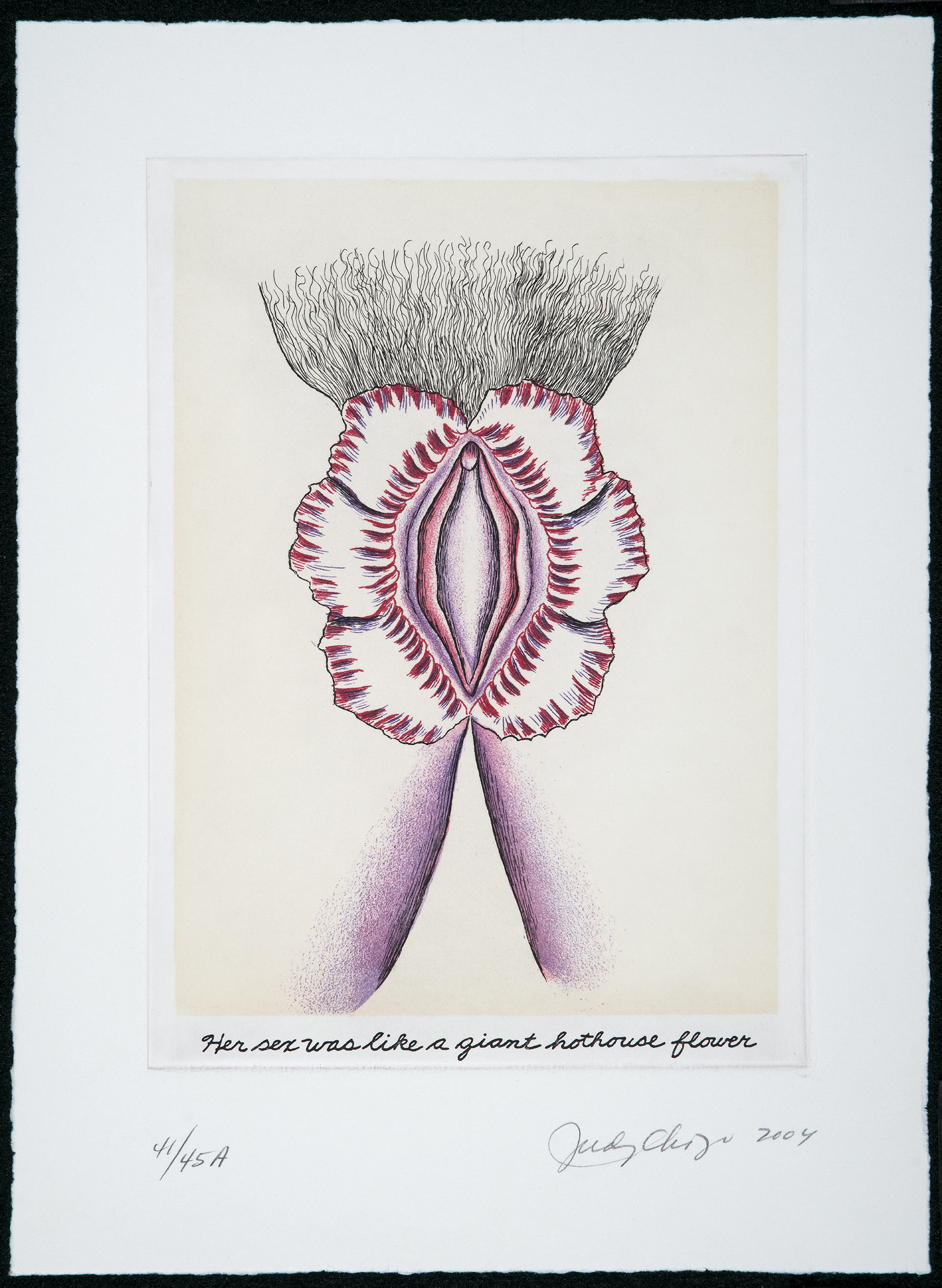



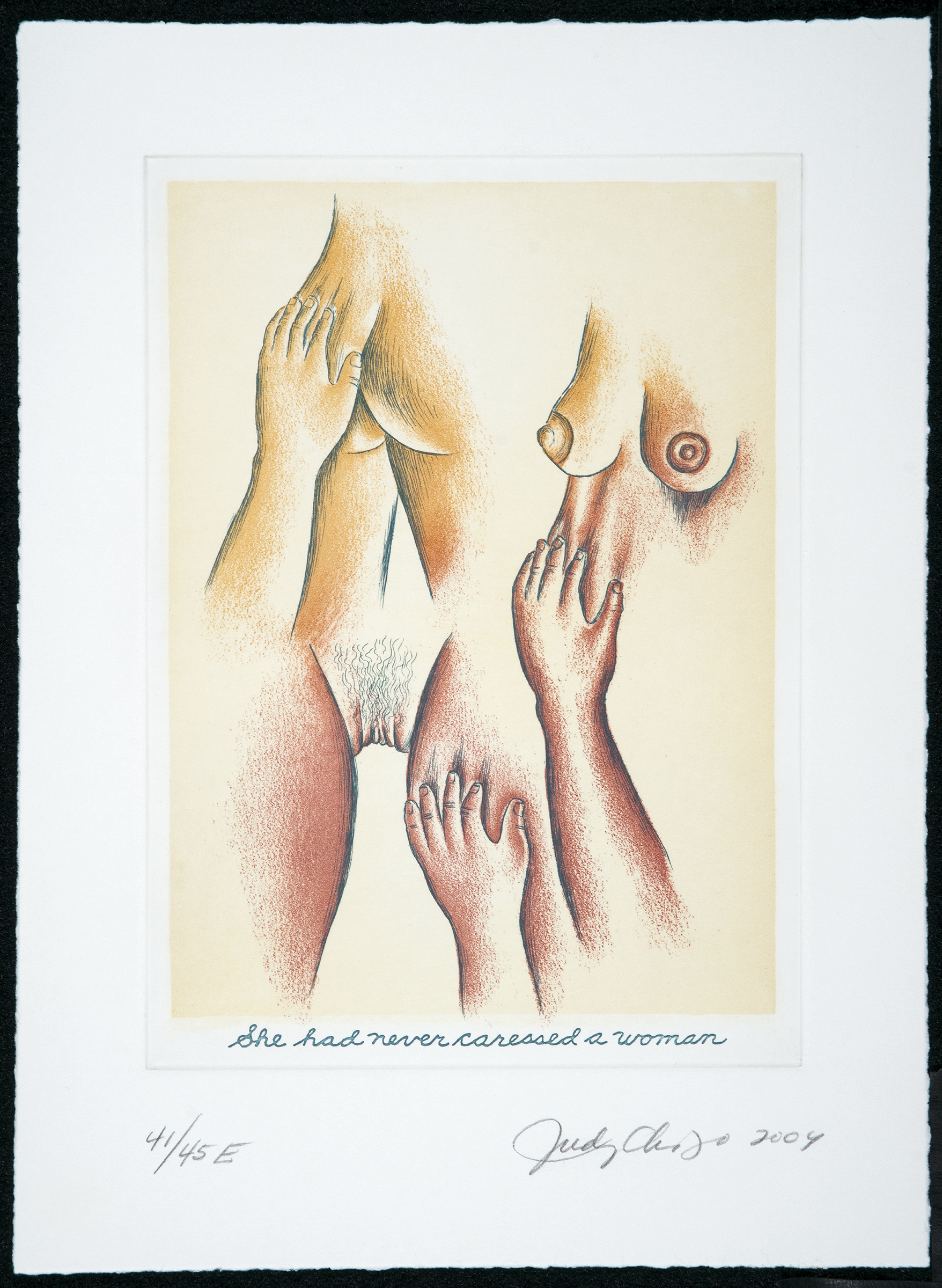


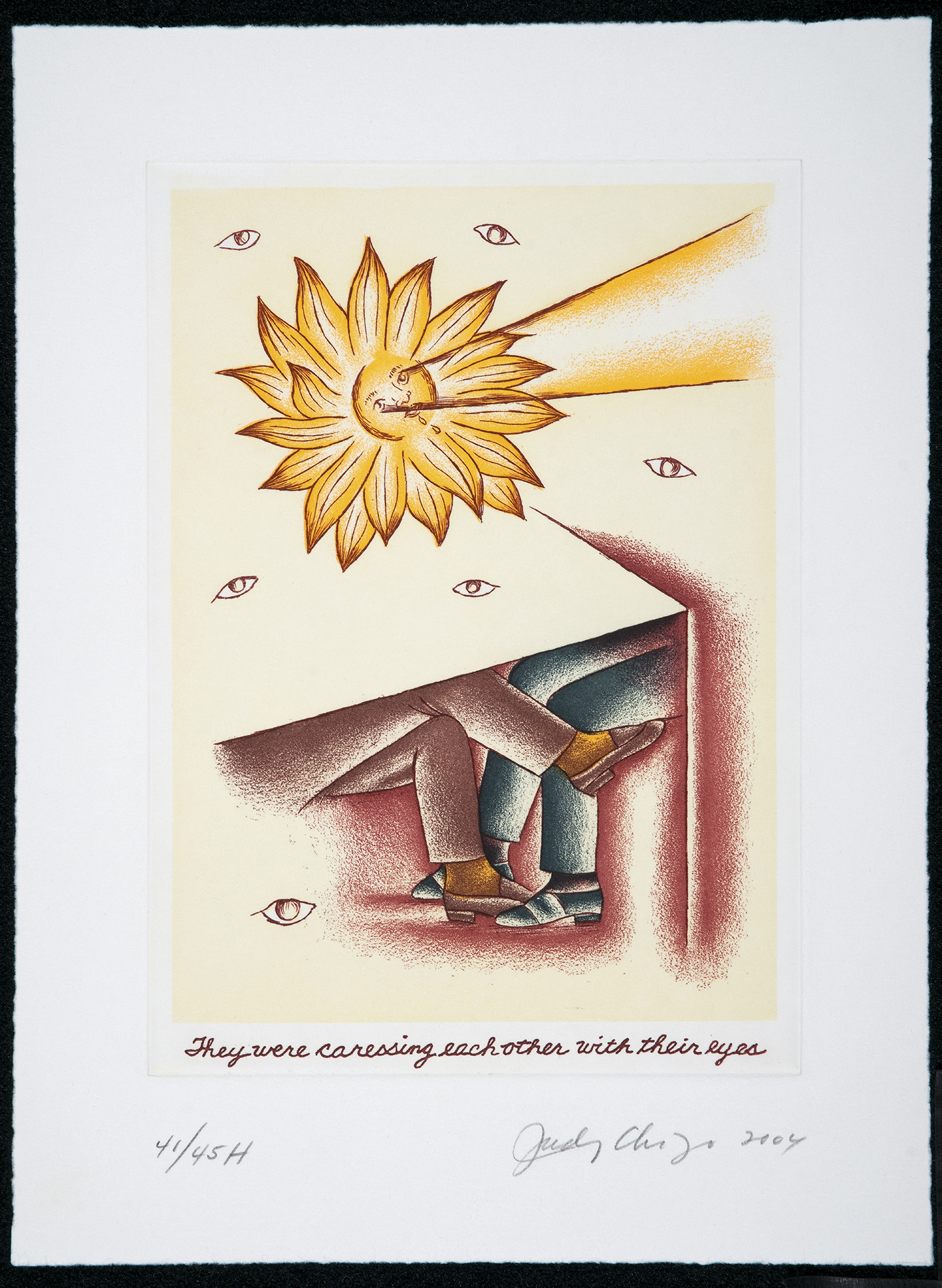

ON FIRE
1969/2012
Chicago began using pyrotechnics in
the late 1960s in order to feminize the atmosphere and the land, which, in
Southern California, were dominated by boys and the hard, slick lines of their
cars. From overpasses to parking lots and the deserts outside Los Angeles,
Chicago brought colorful smoke, often emitting from empowered nude female
bodies, to the harsh and masculinist landscape. Chicago continues to use
multichromatic flares and fireworks for increasingly large-scale commissions,
such as A Butterfly for Brooklyn (2015) in Prospect Park and A Purple
Poem for Miami (2019). As Chicago writes in Through the Flower: My
Struggle as a Woman Artist, her journey to learn about pyrotechnics were
met with sexist violence and harassment, but the use of fireworks was
nevertheless fulfilling artistically and personally, becoming a “release” for
Chicago as she allowed the personal to manifest in her work.
RETROSPECTIVE IN A BOX
2009/2012
Men creating their own retrospectives is common in art history, most explicitly Marcel Duchamp’s de ou par Marcel Duchamp ou Rrose Sélavy (La Boîte-en-valise) (1936)—a box containing reproductions of his most famous works. Chicago has always been committed to empowering the self-archiving of women, so her Retrospective in a Box—a suite of ten prints surveying her career that contains, among other central series, the only limited edition print related to The Dinner Party—is, as always, a political gesture aimed at elevating women’s art and its preservation.
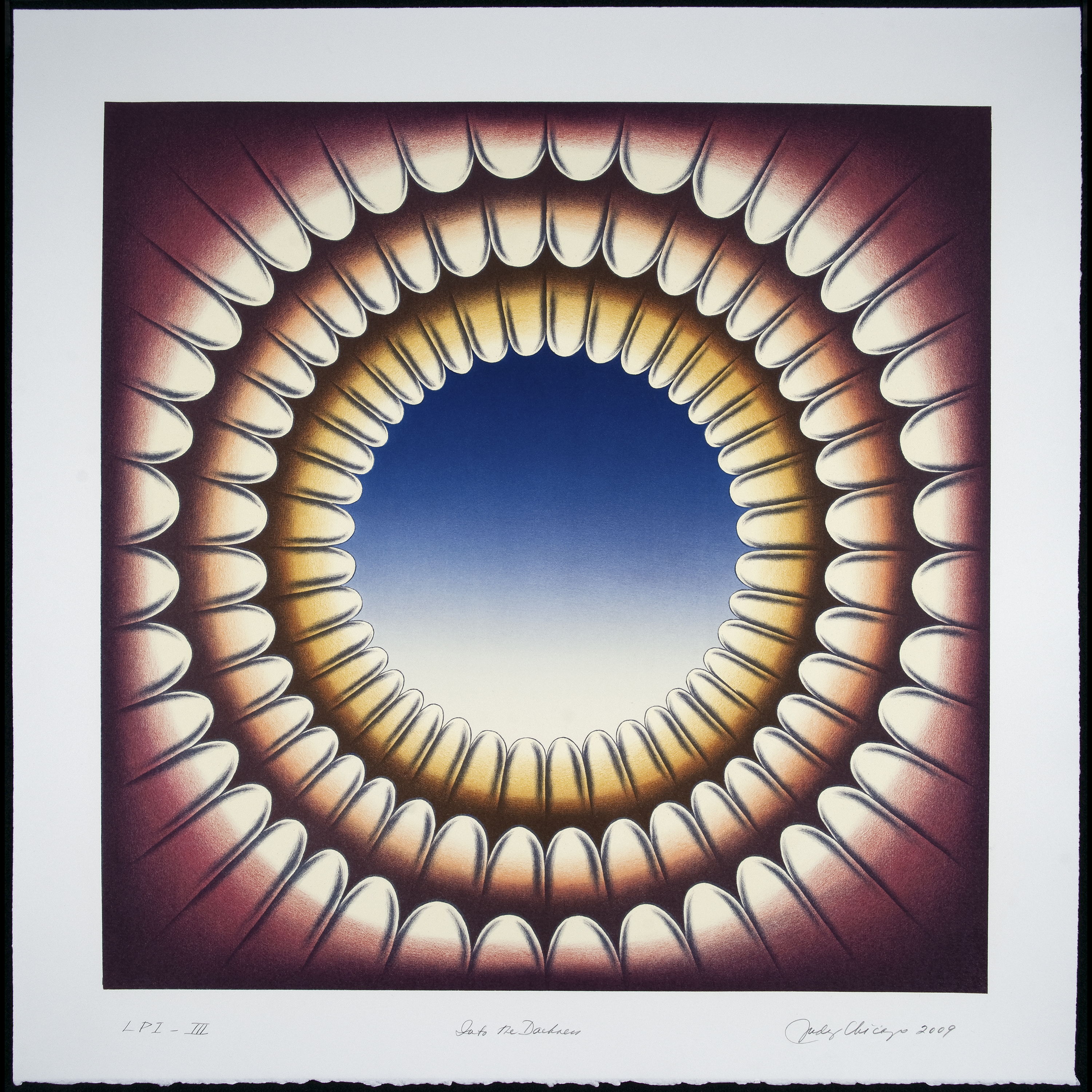

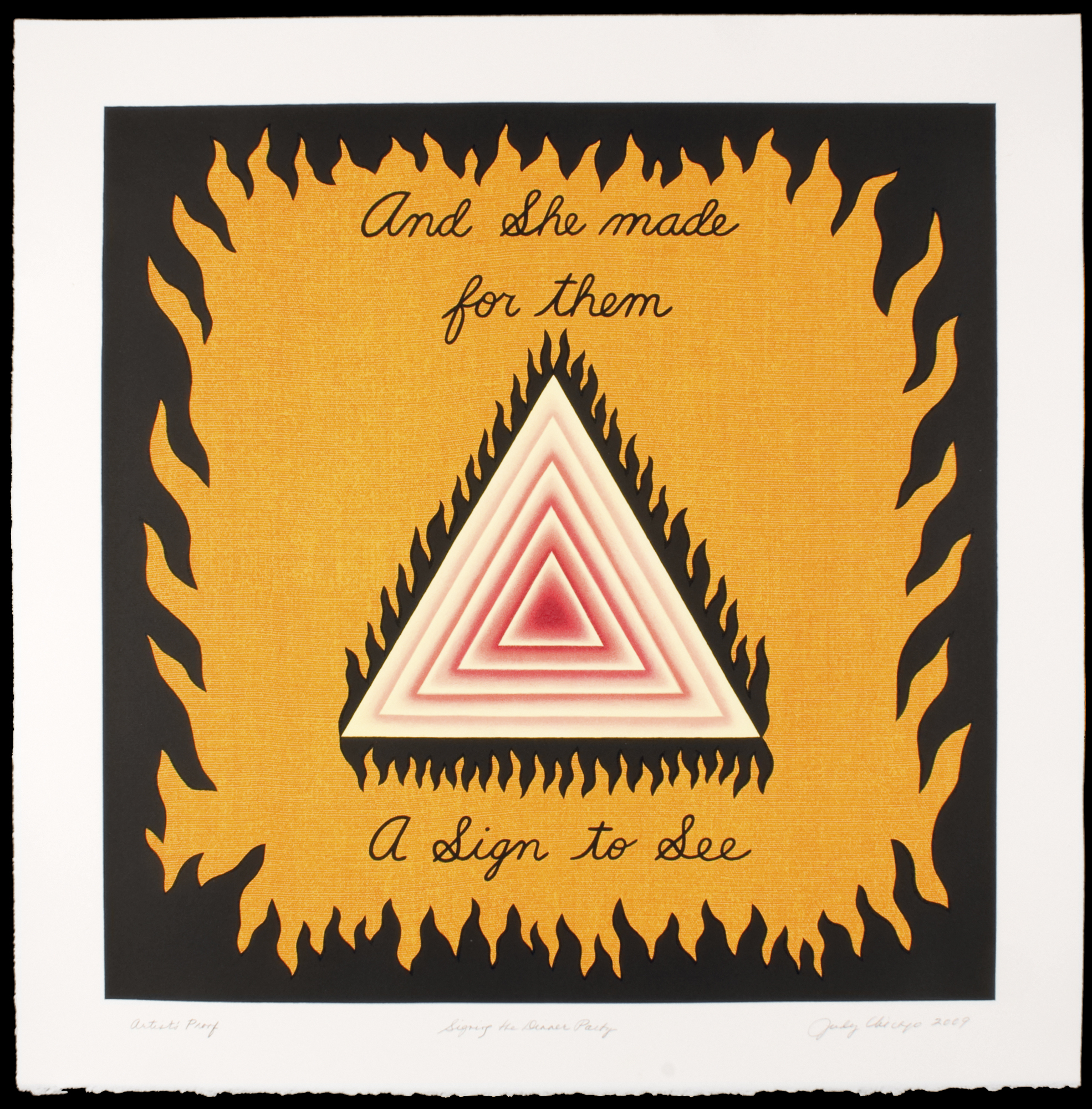


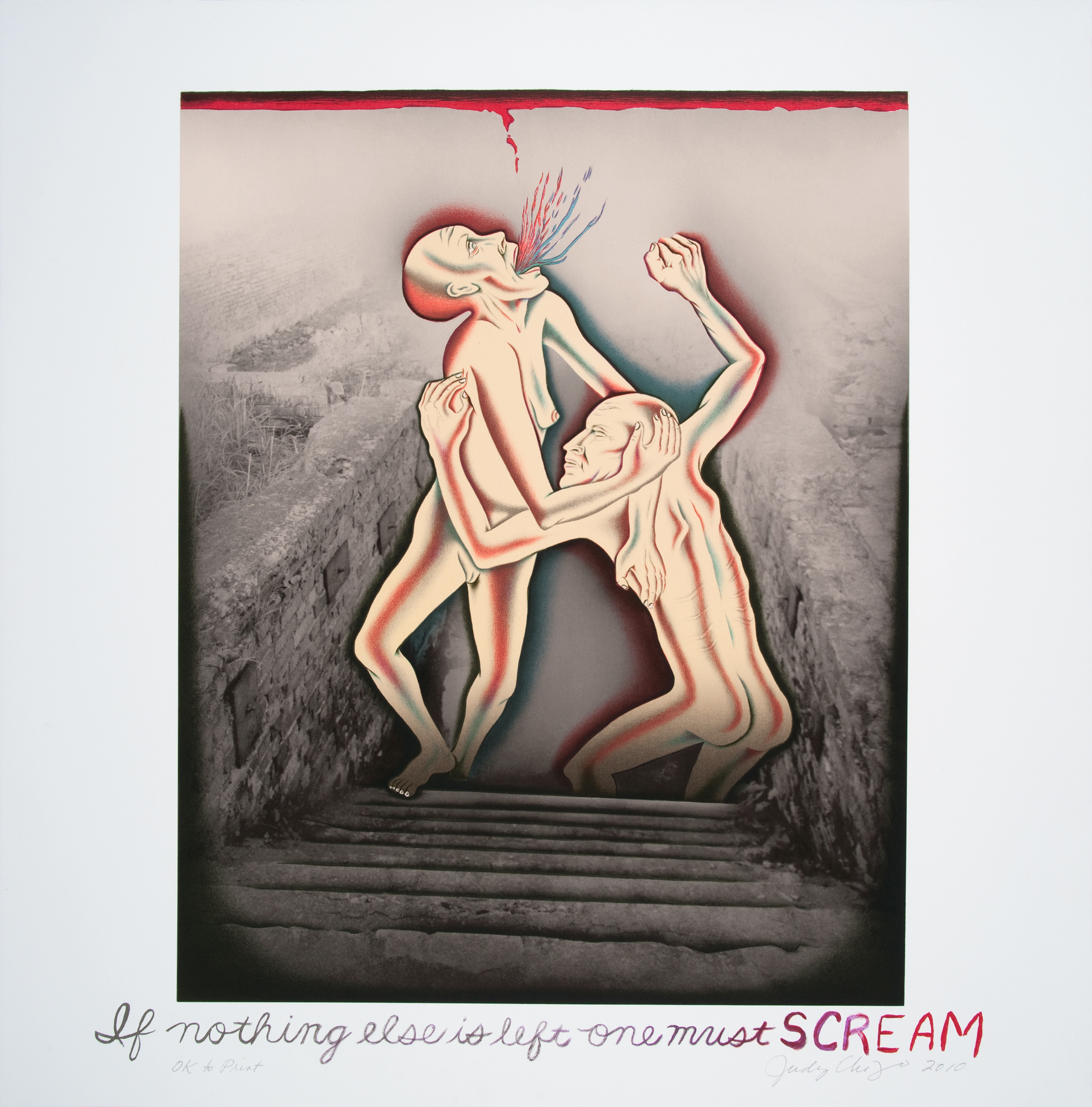
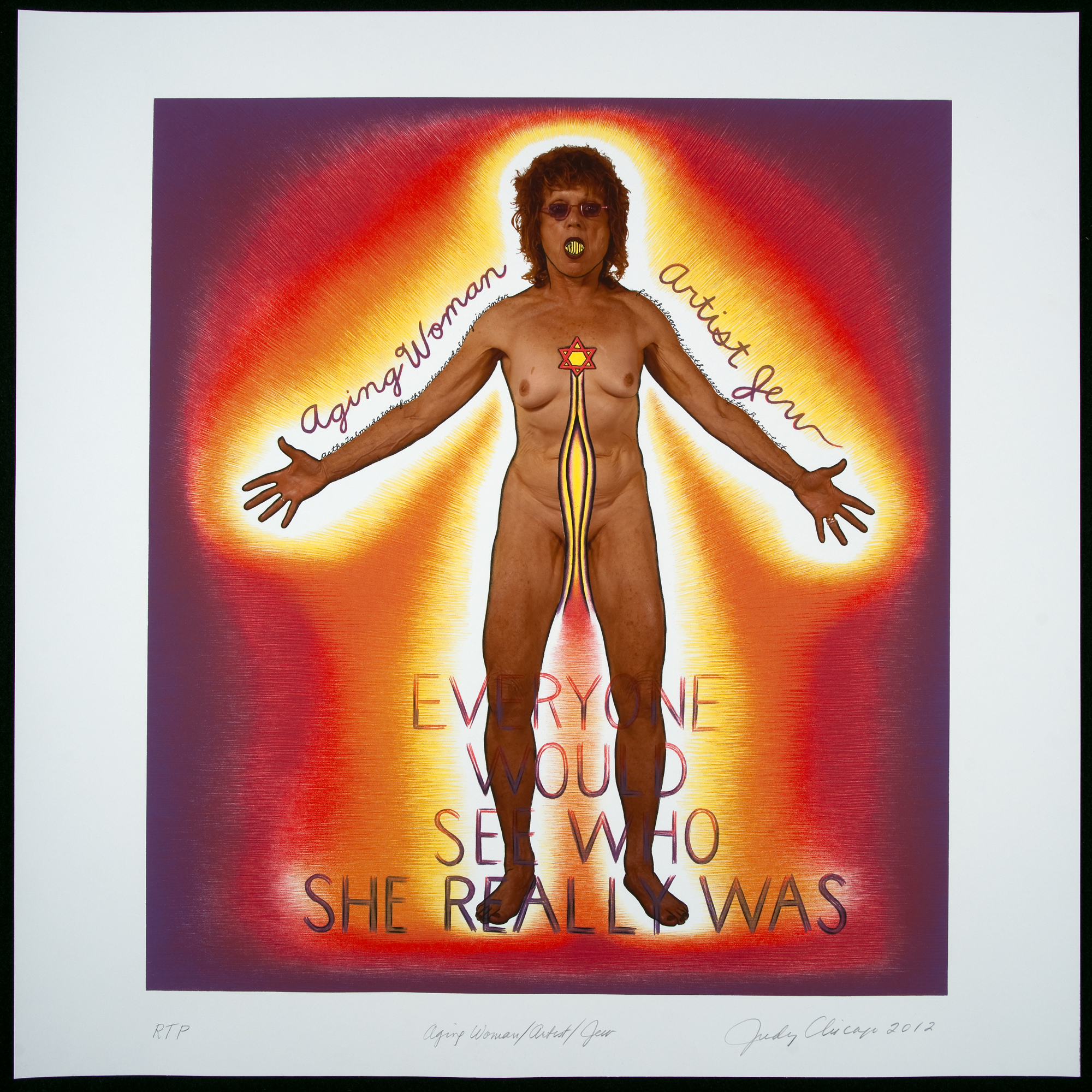
GARDEN SMOKE
2020
At one point during our many months of confinement due to the COVID-19 stay-at-home order, I reflected on my early days in California when I began my Atmospheres, which were intended to soften and feminize the man-made world. My friends and I simply drove around placing colored smokes wherever I wished; in parks, on beaches, in the desert and even in the national forests—which would be unthinkable today.
Over the summer of 2020, I decided to fill our own gardens with colored smokes. I surrounded these images with words that are intended to convey the many emotions I experienced as we—like the wafting smoke—came up against during all the restrictions brought about by the coronavirus. This work allowed me to express my feelings during this period; also, to attempt to wrest some moments of beauty and gratefulness from these difficult months.
